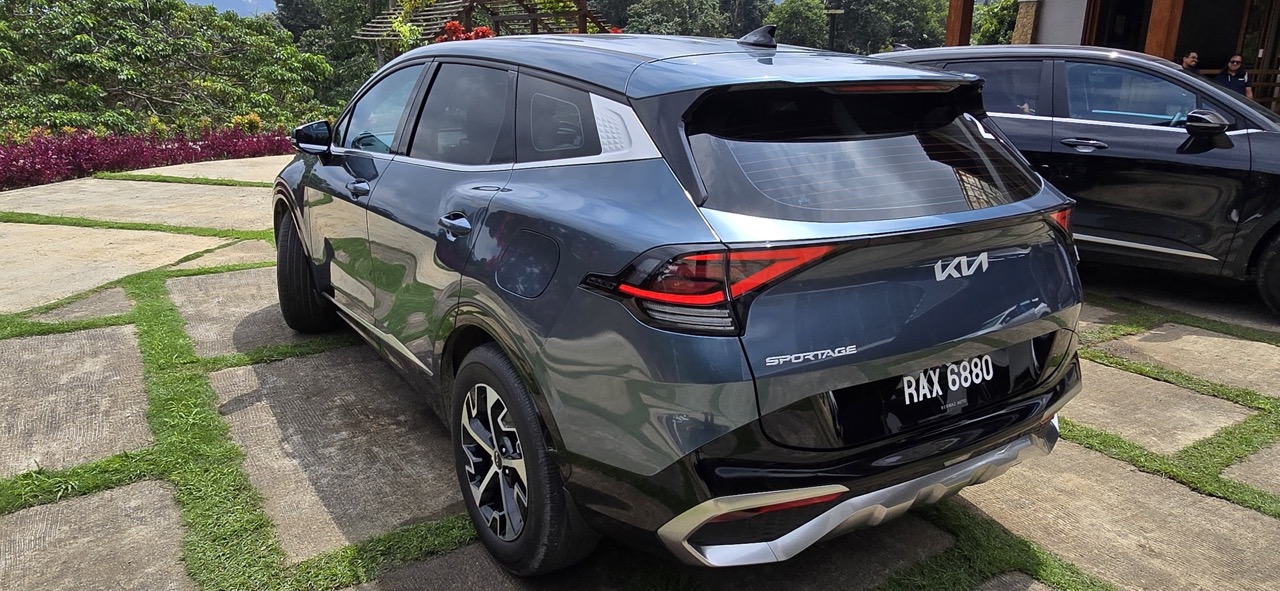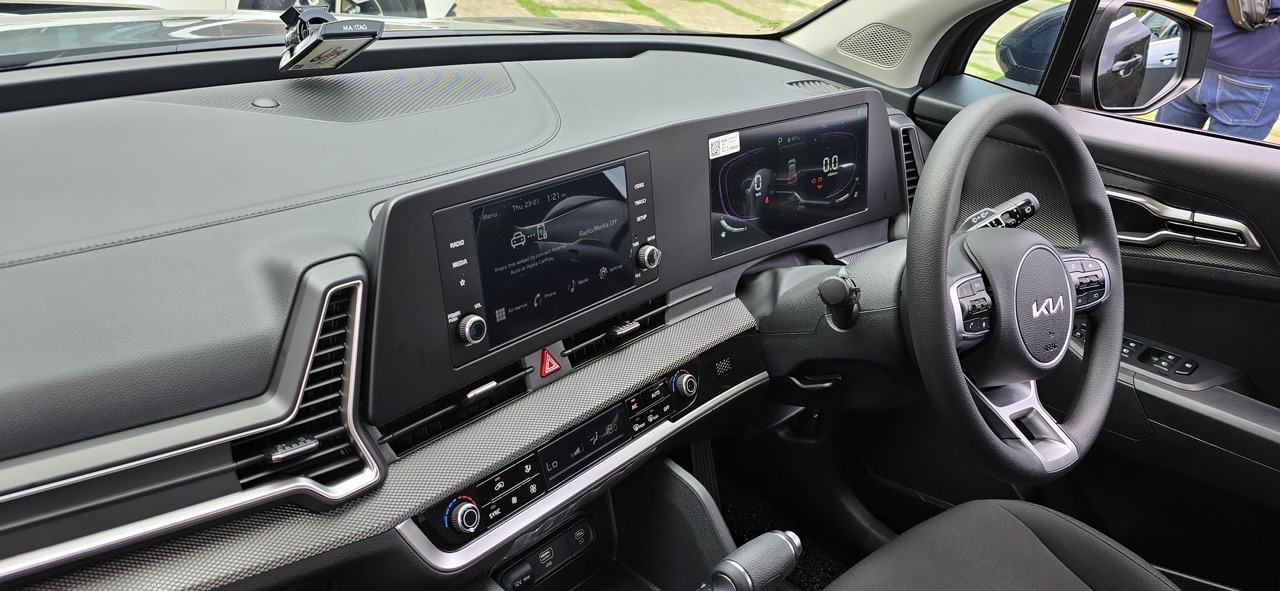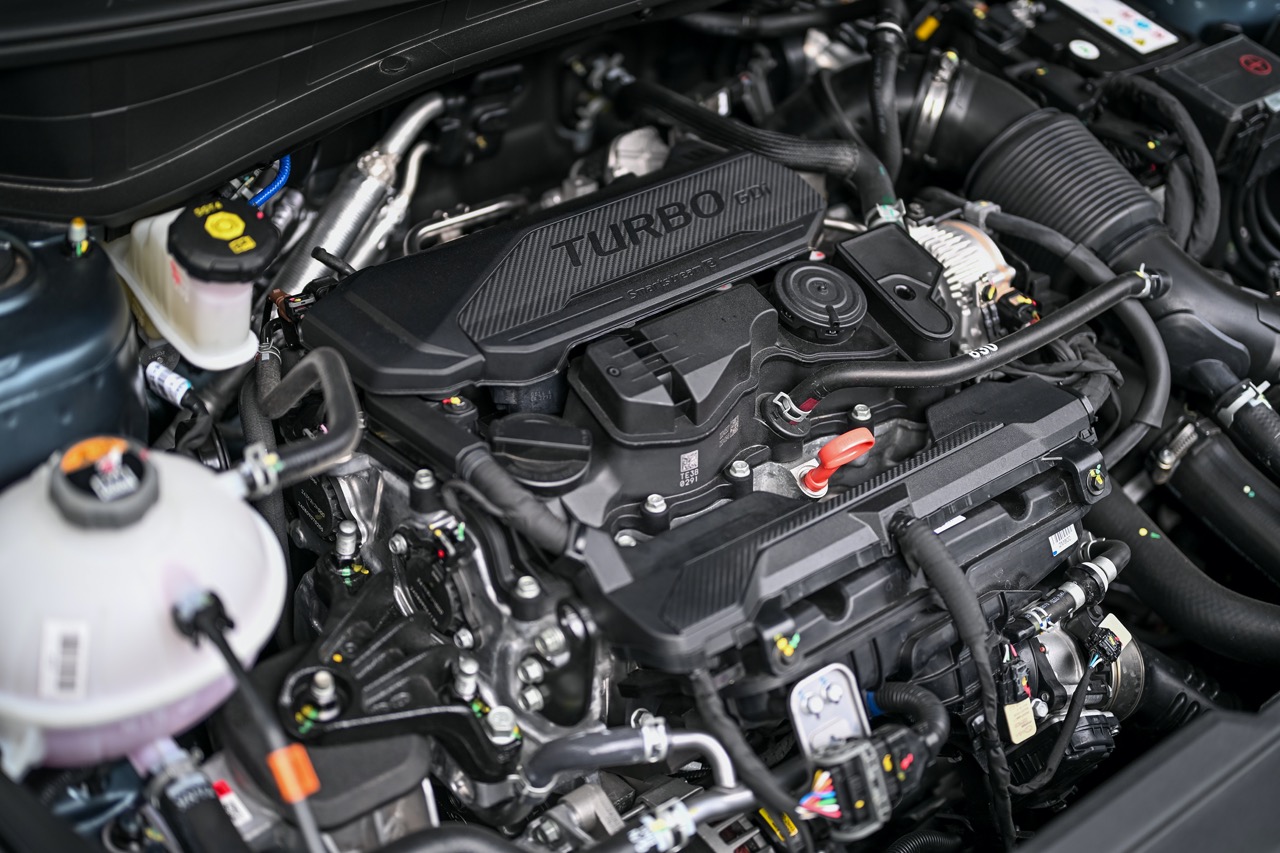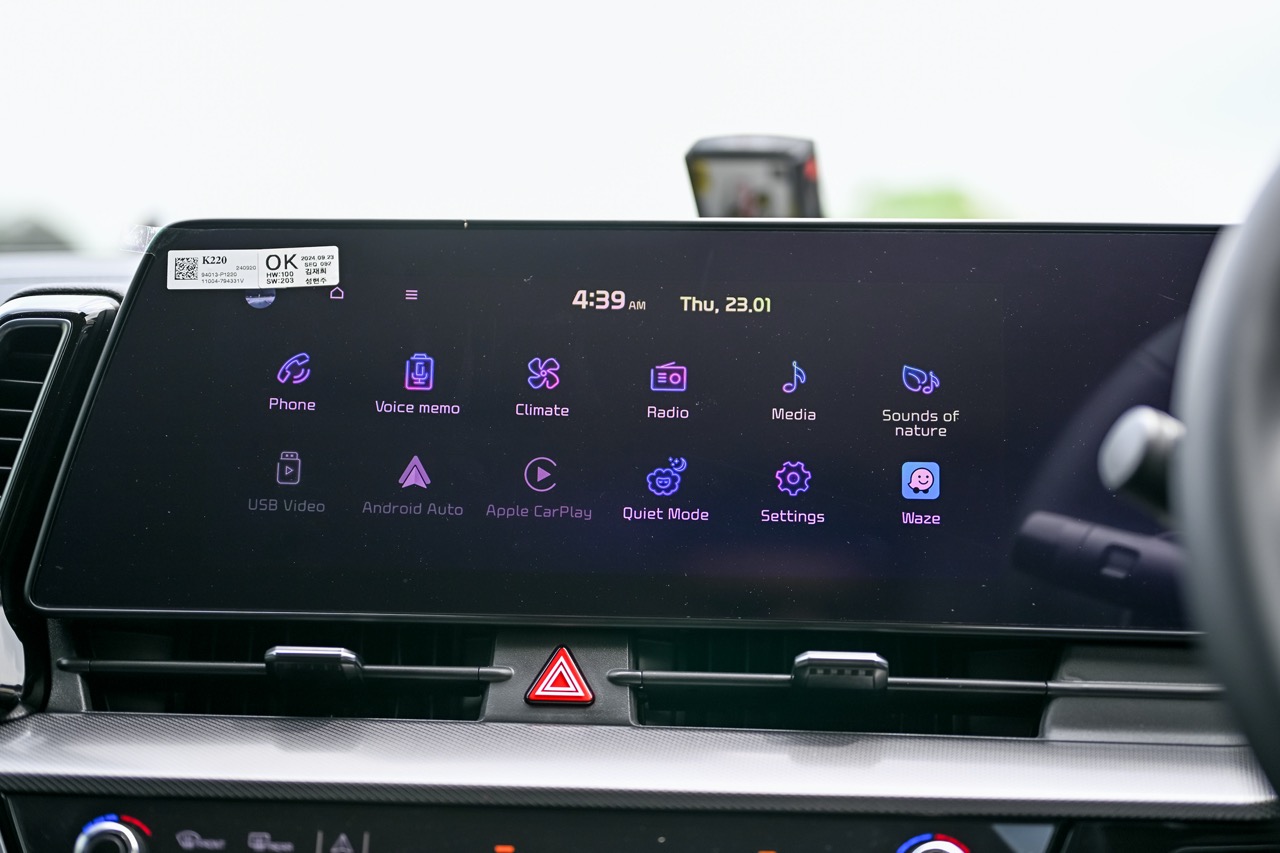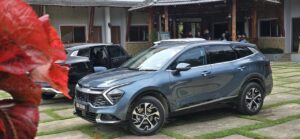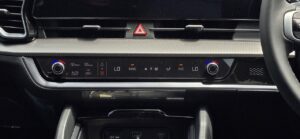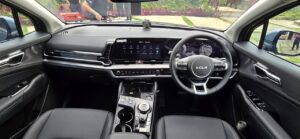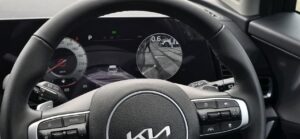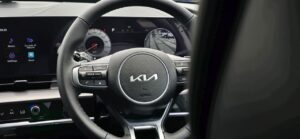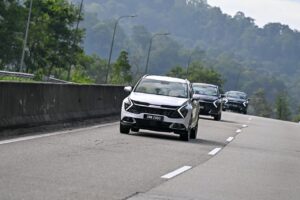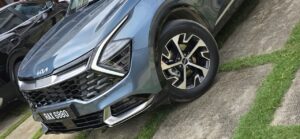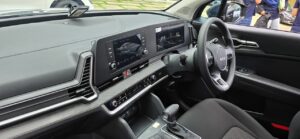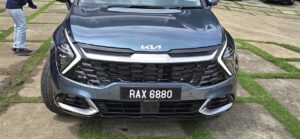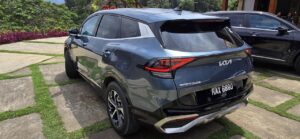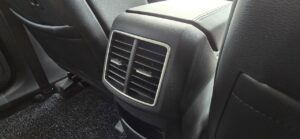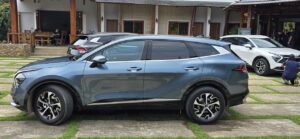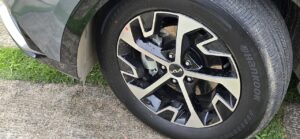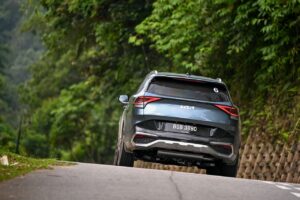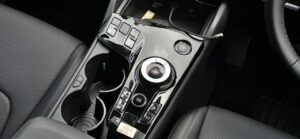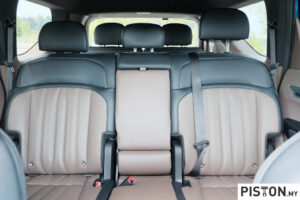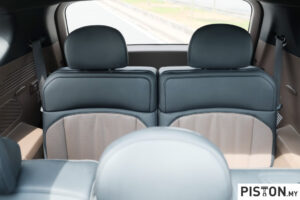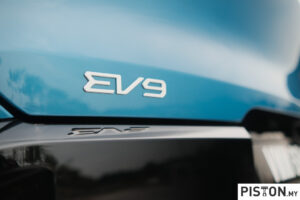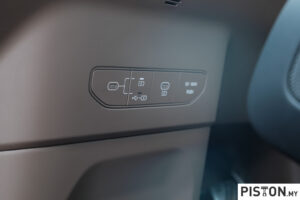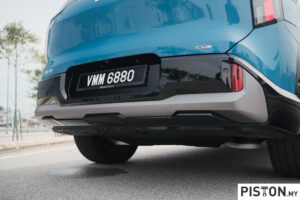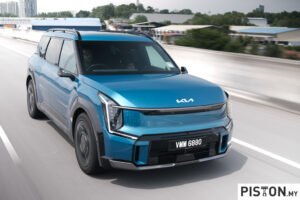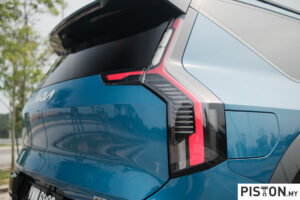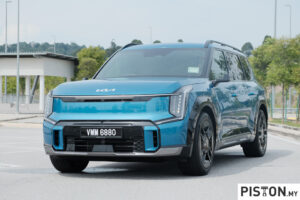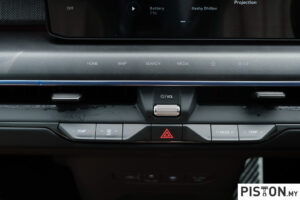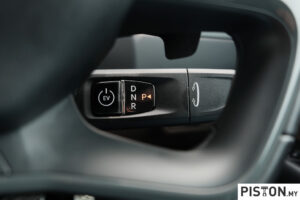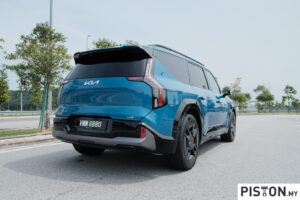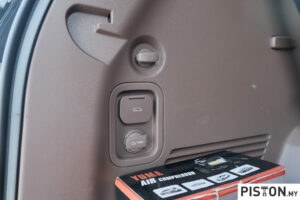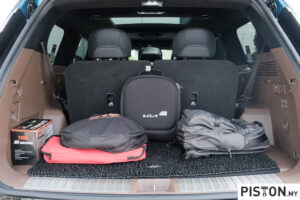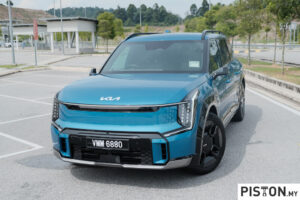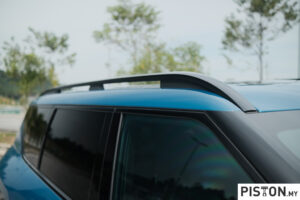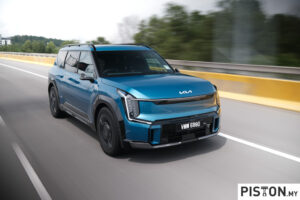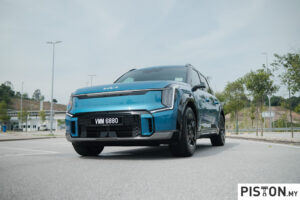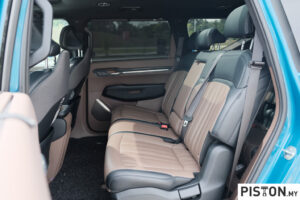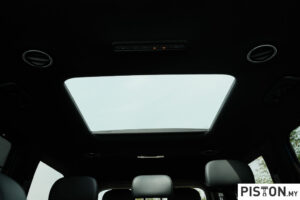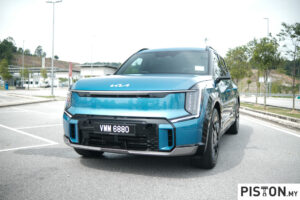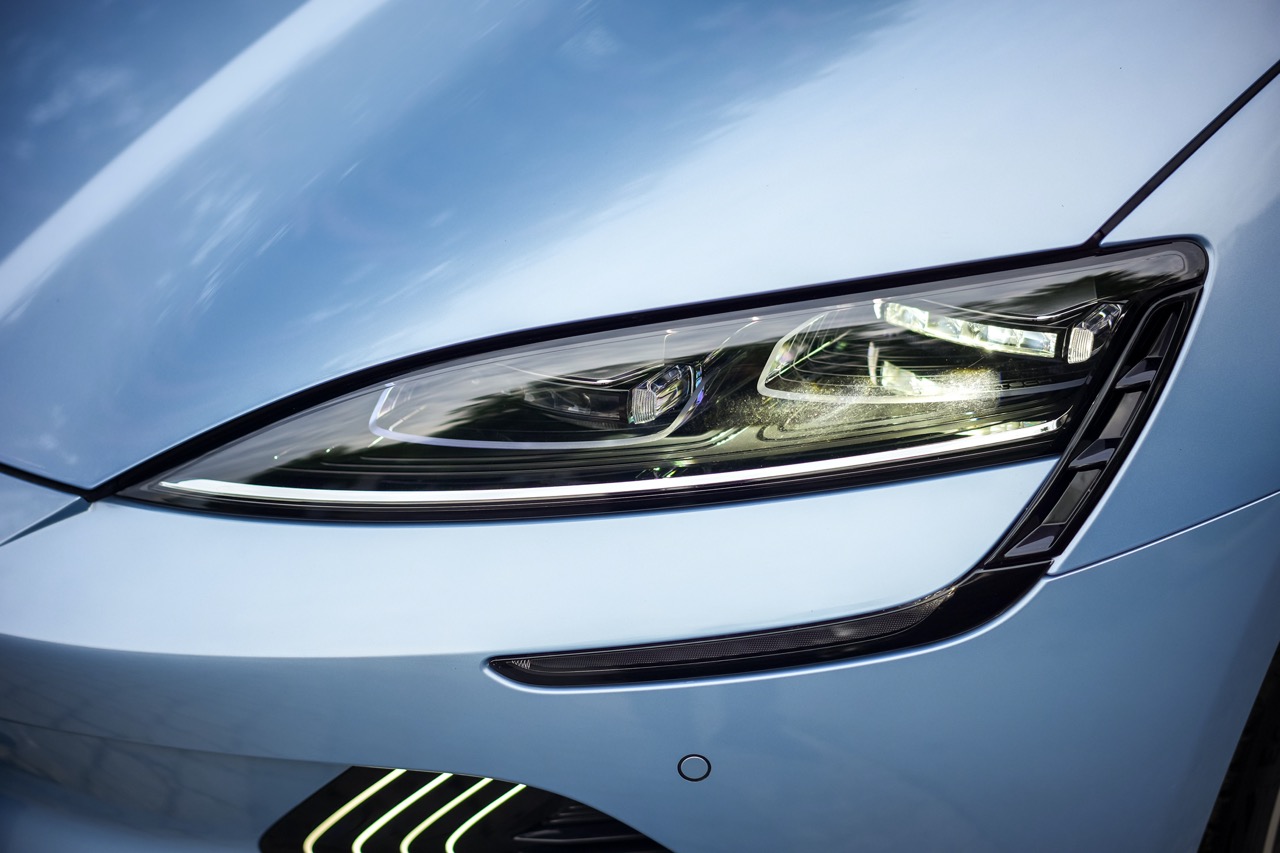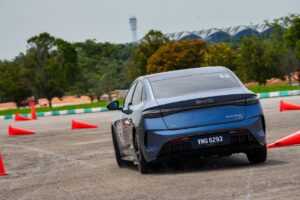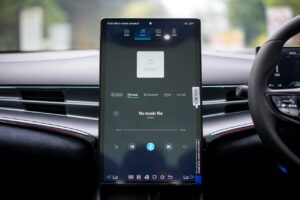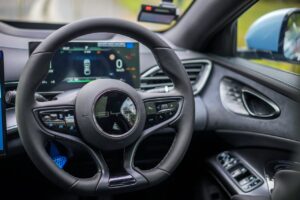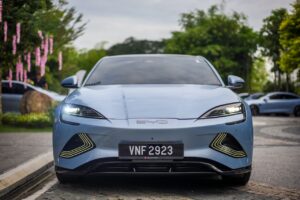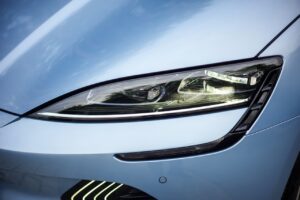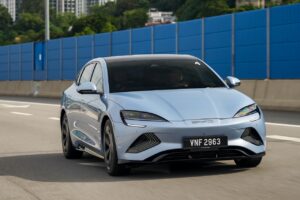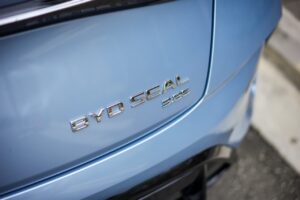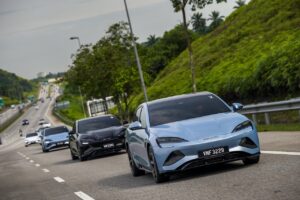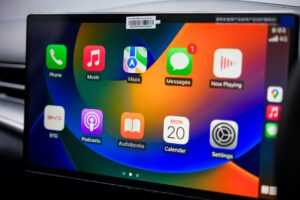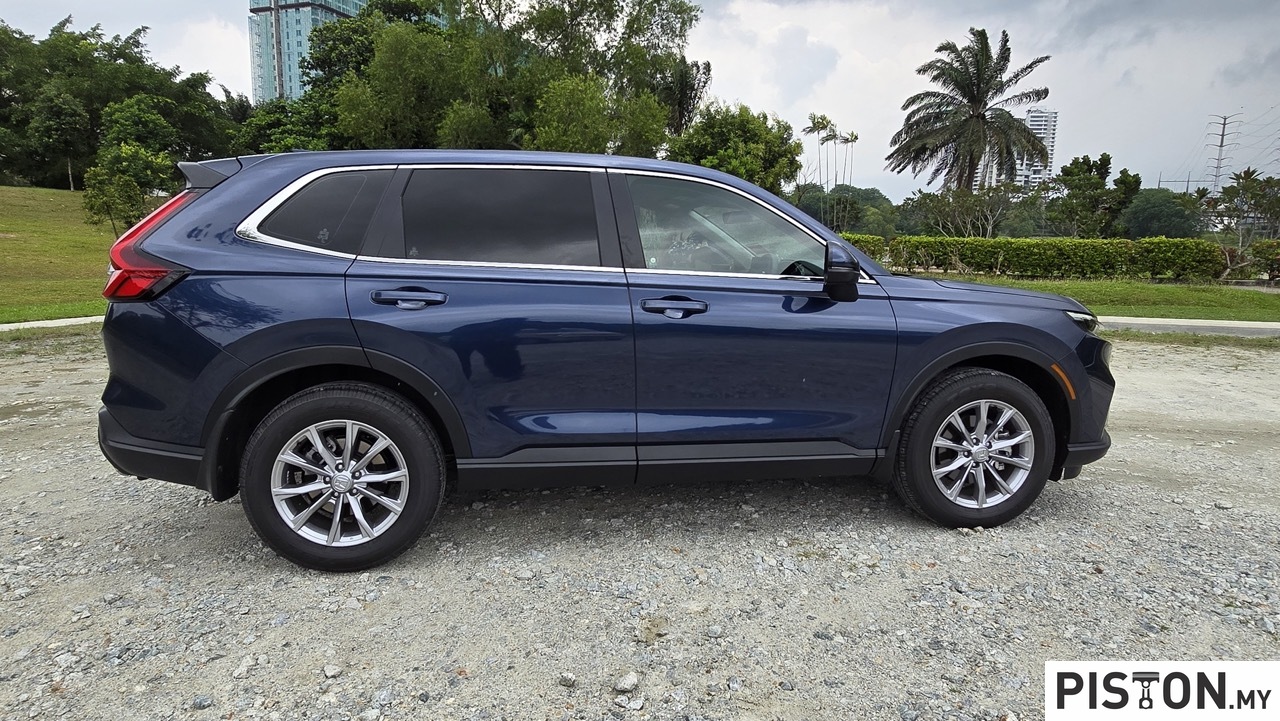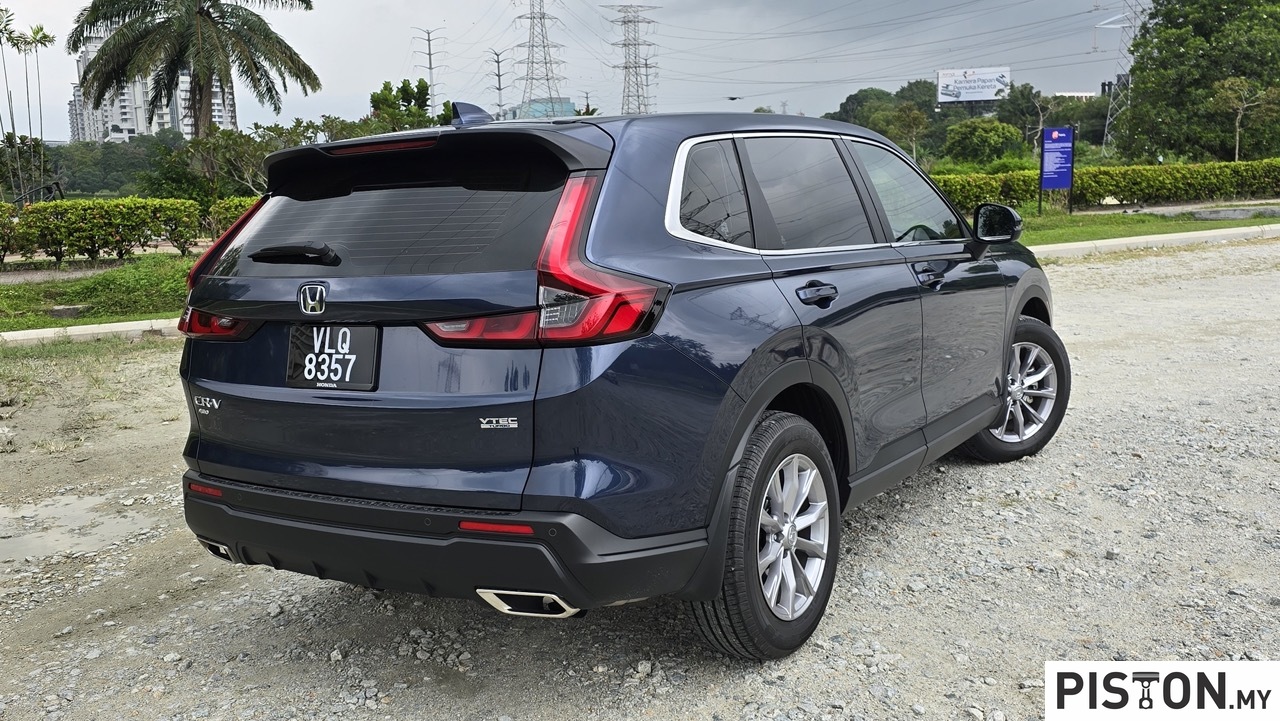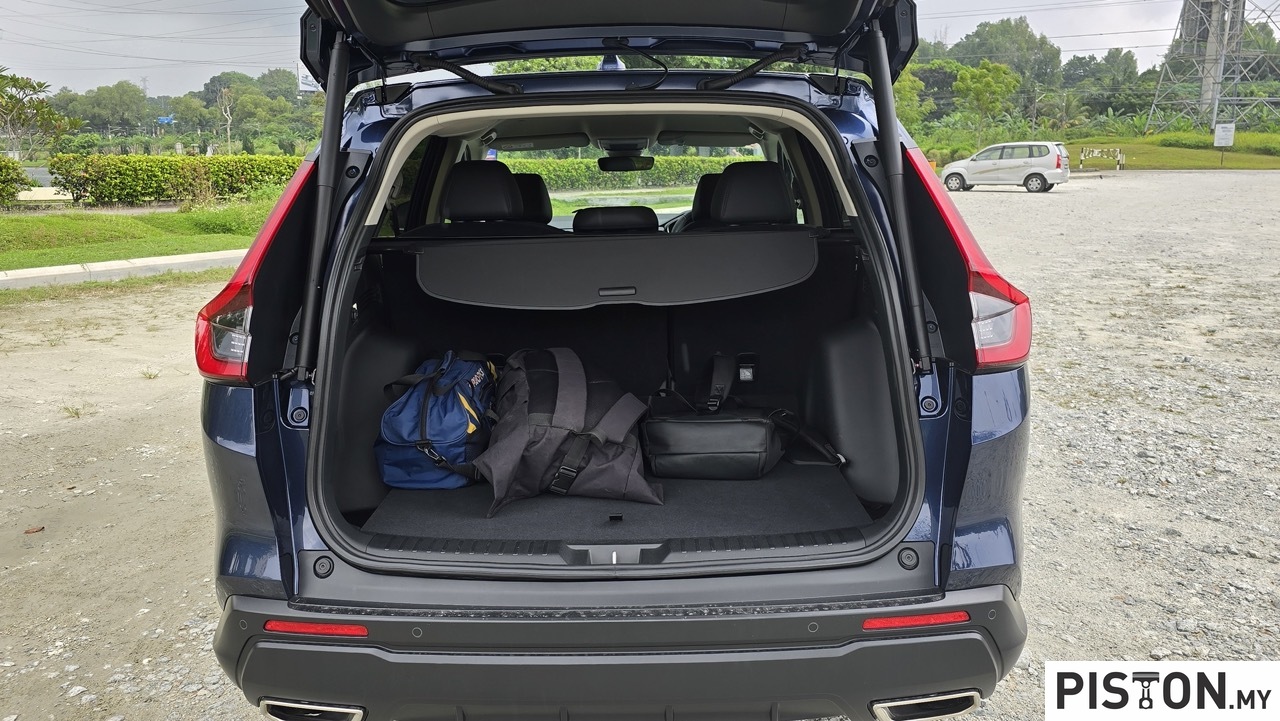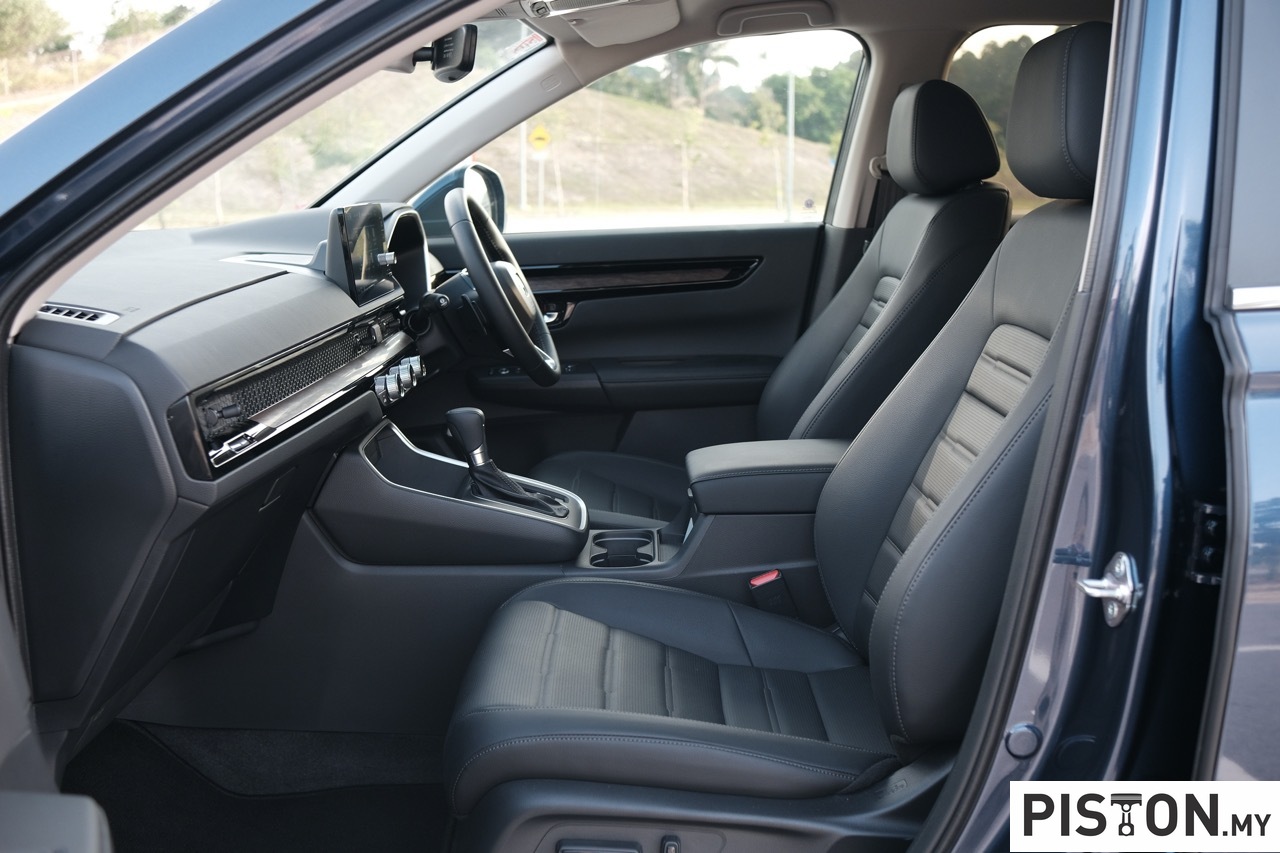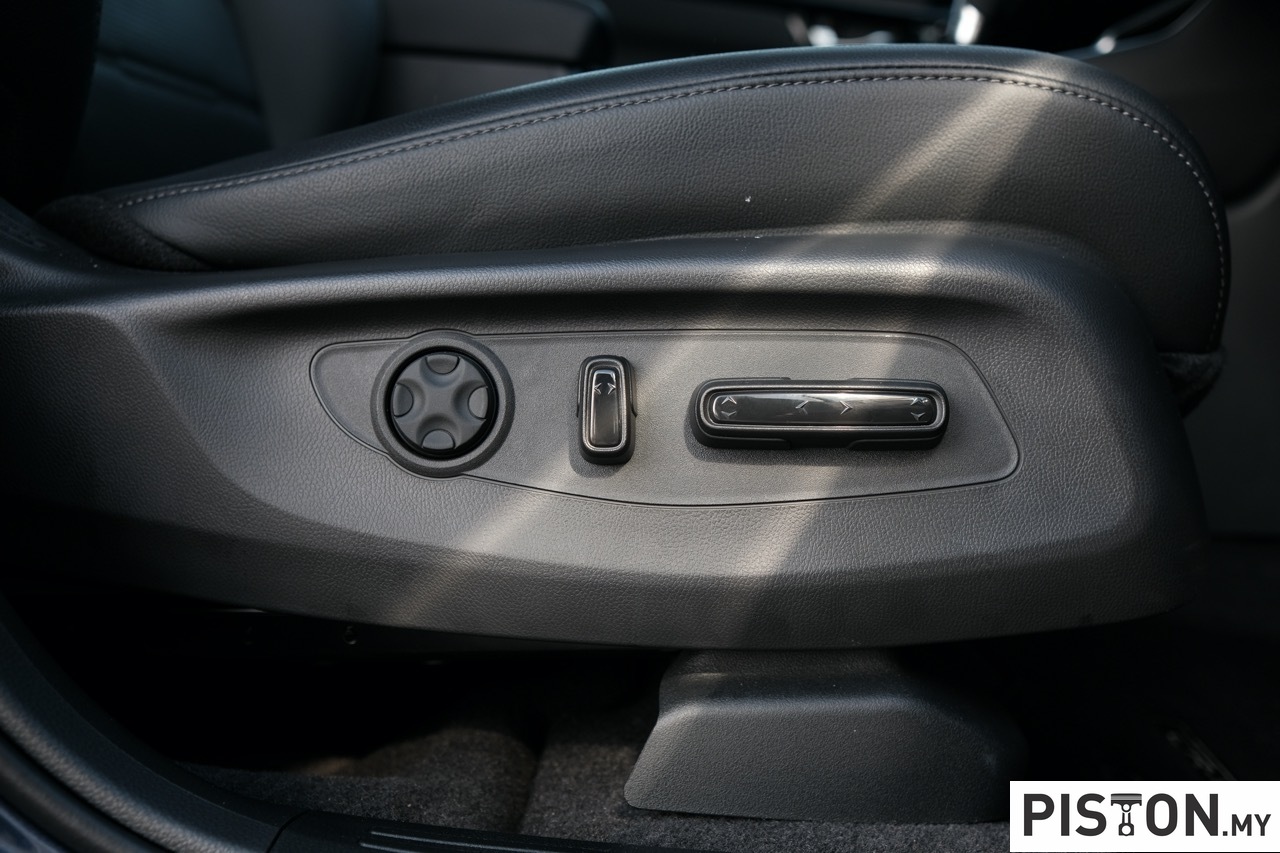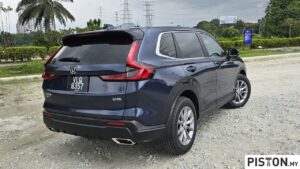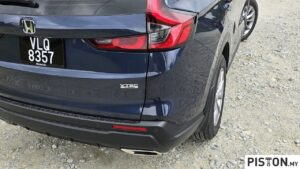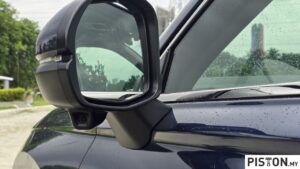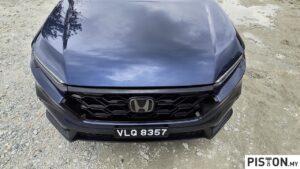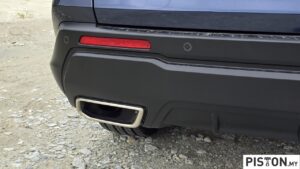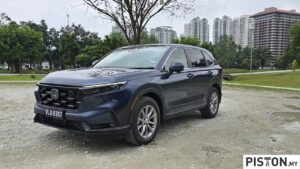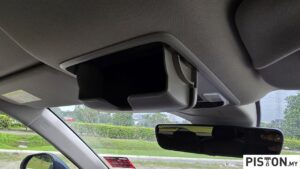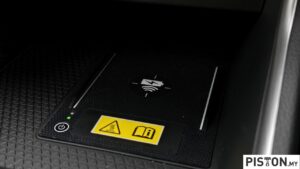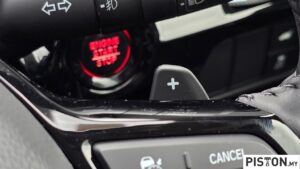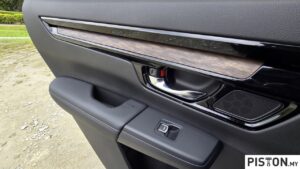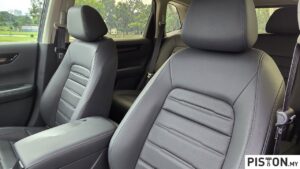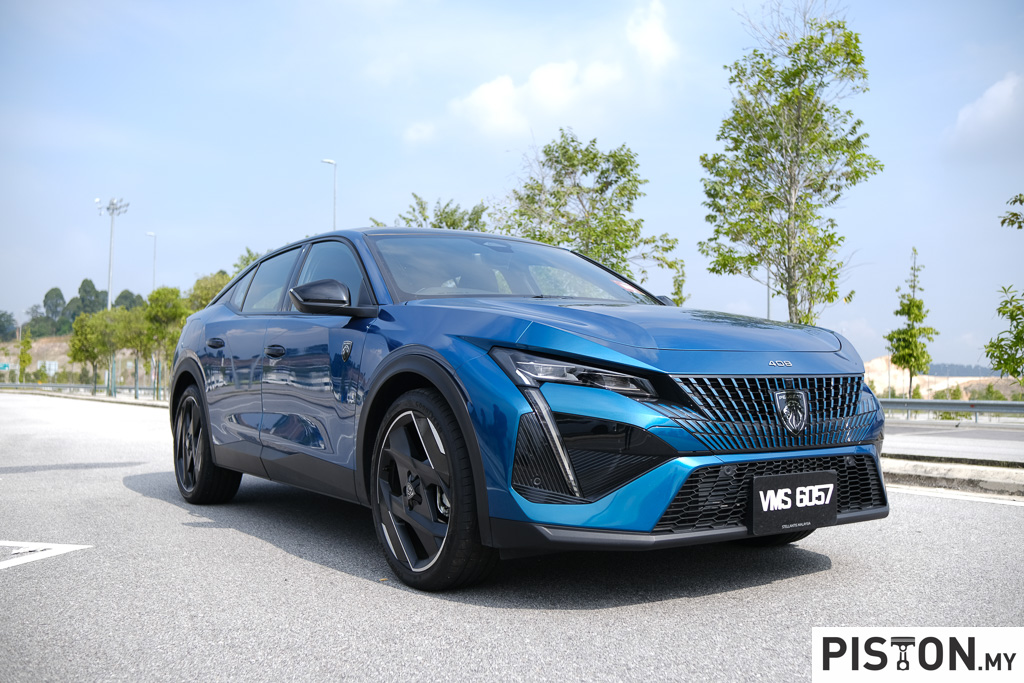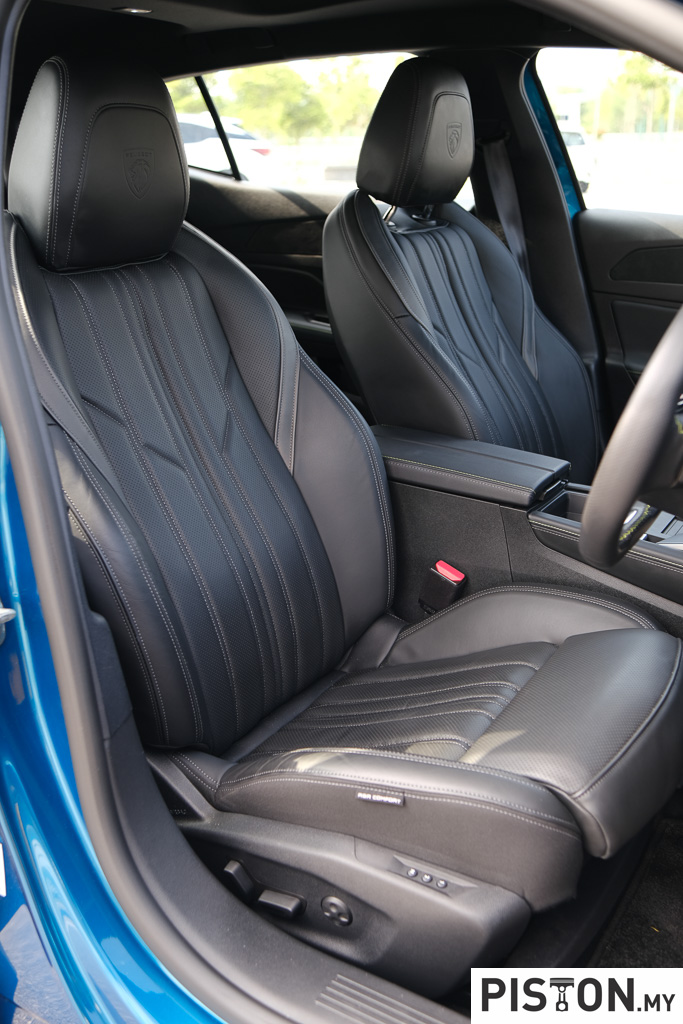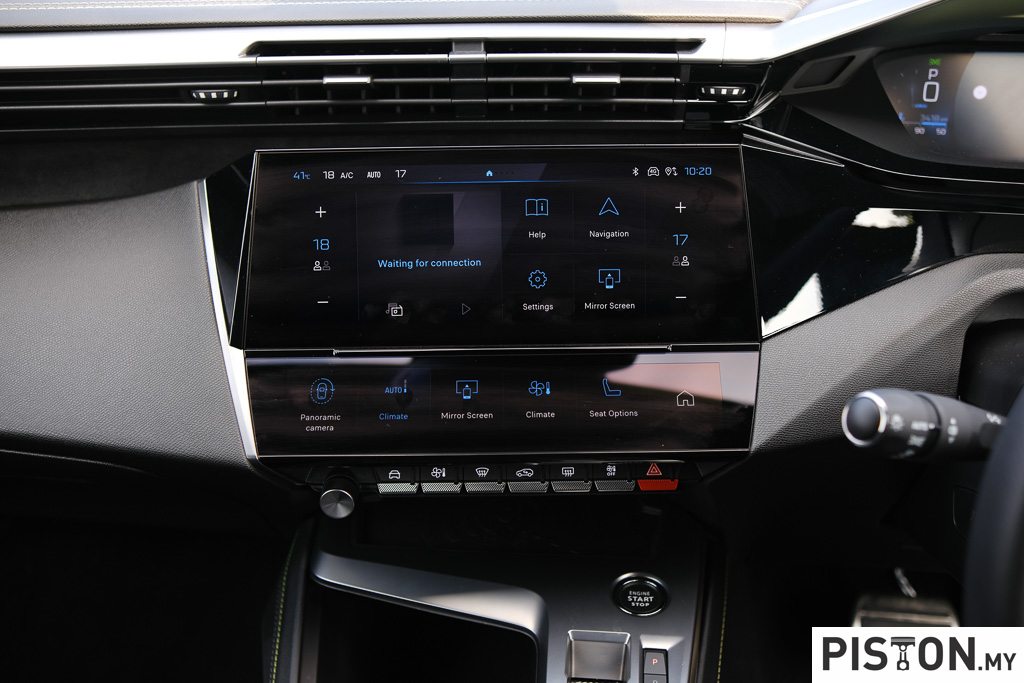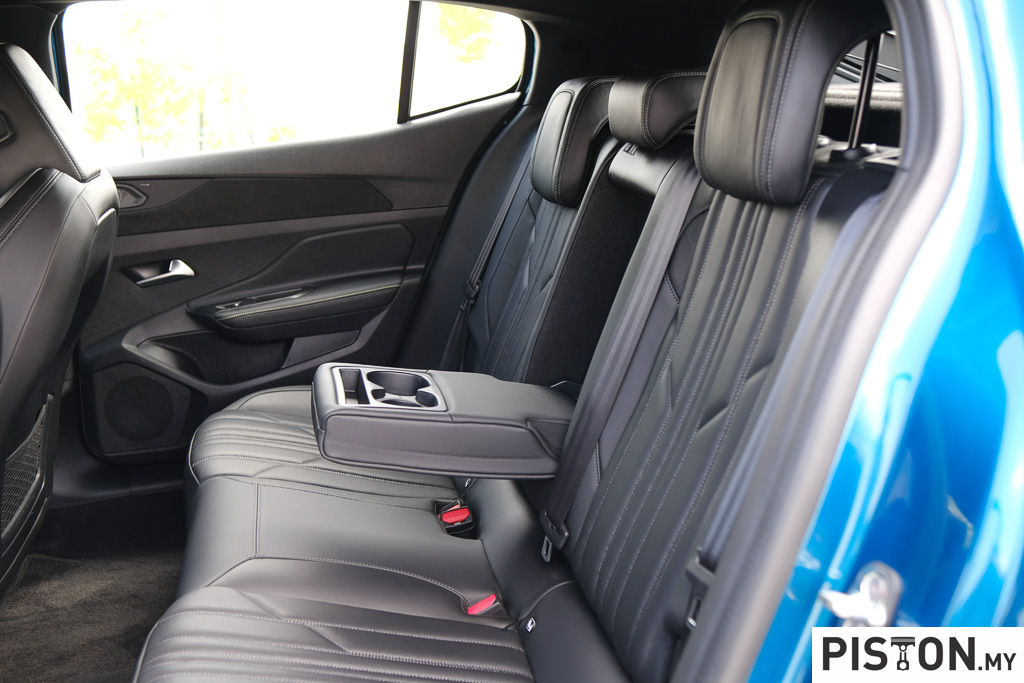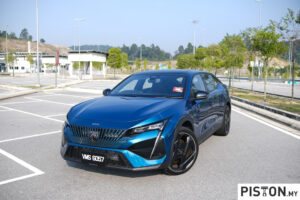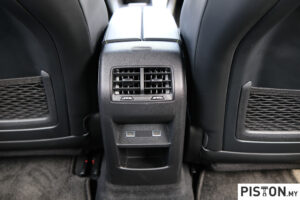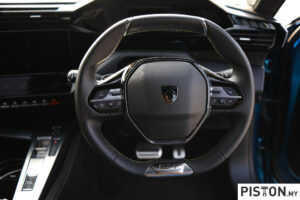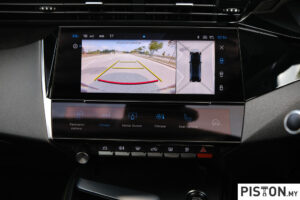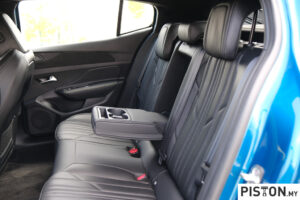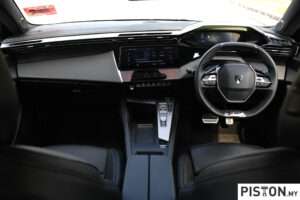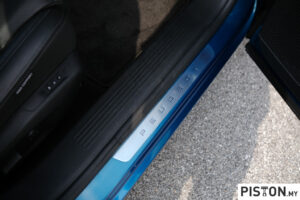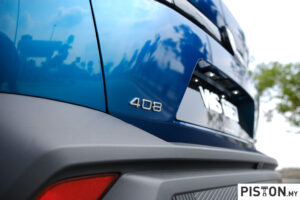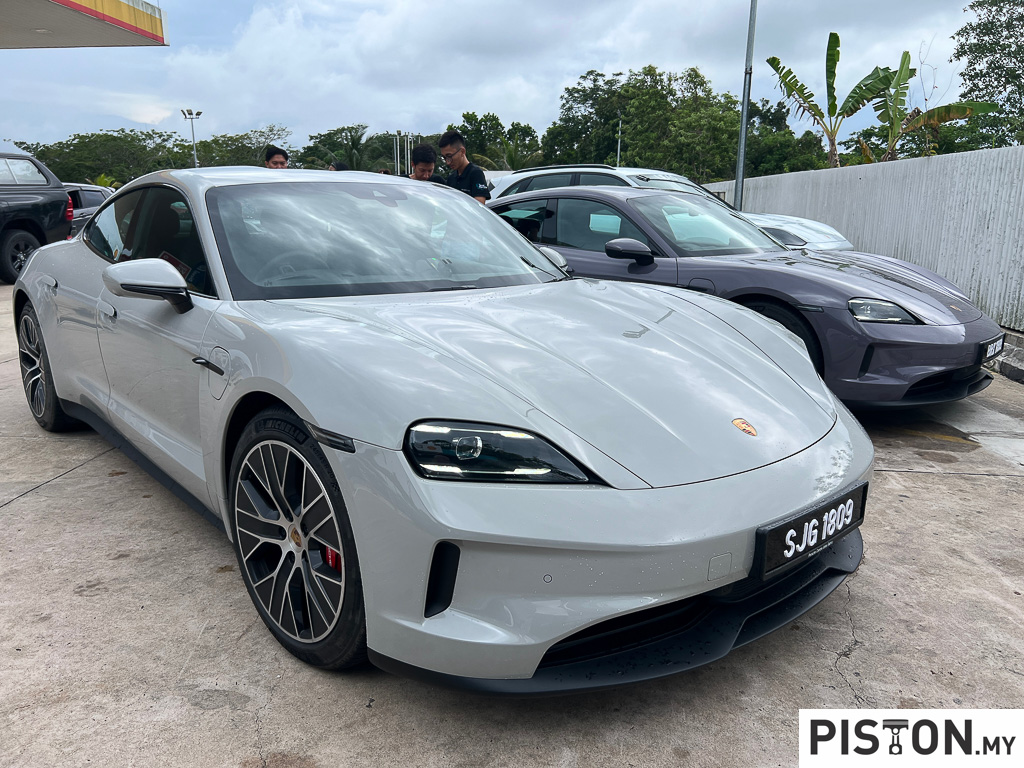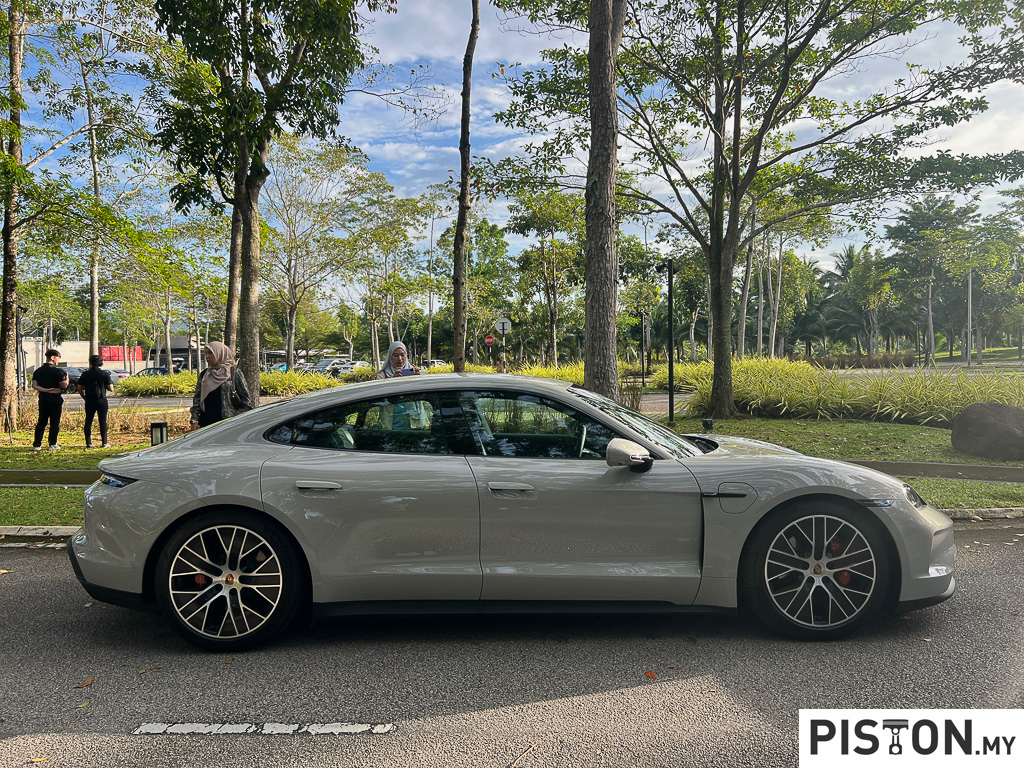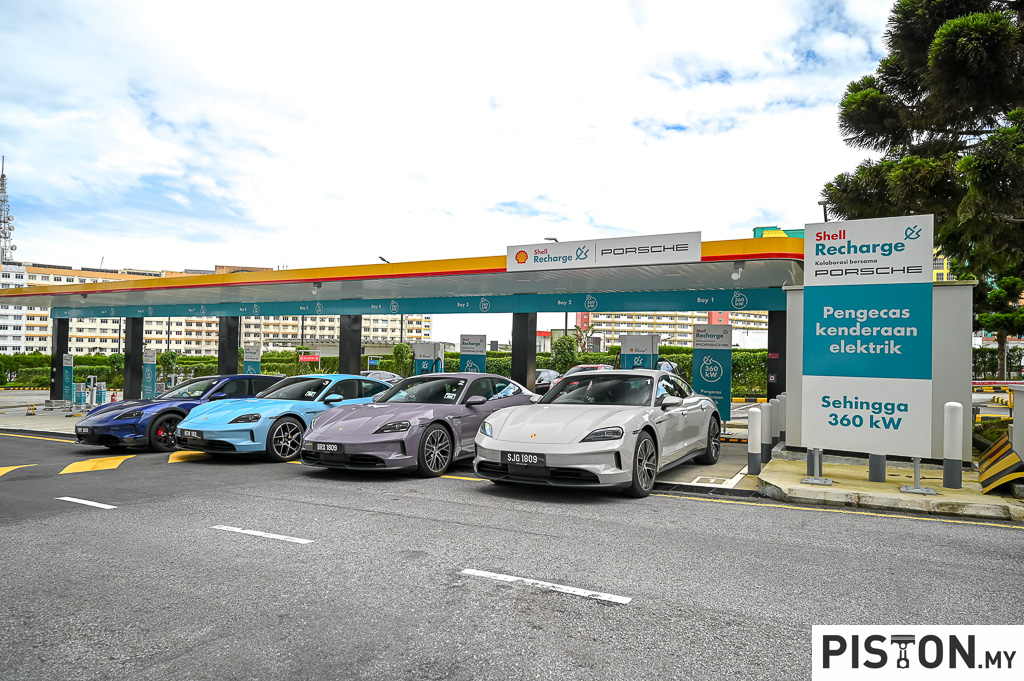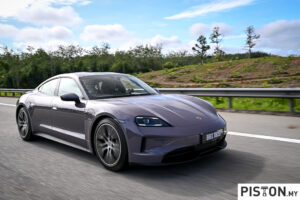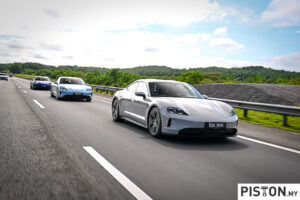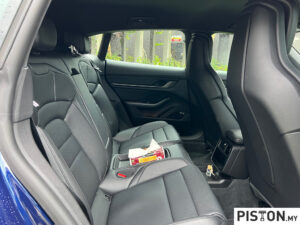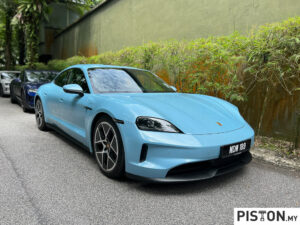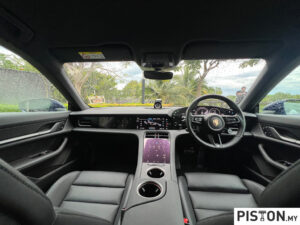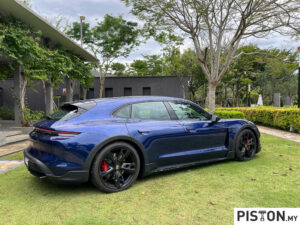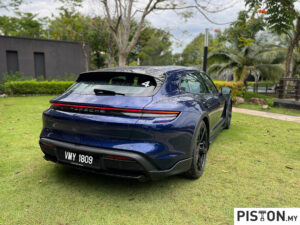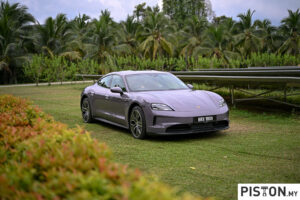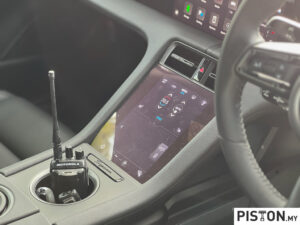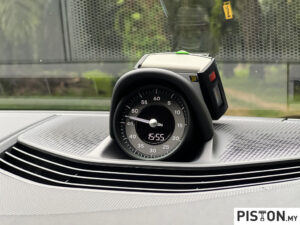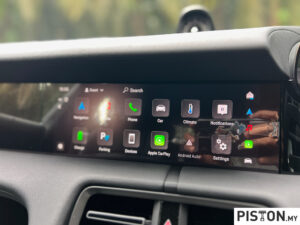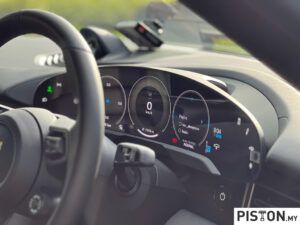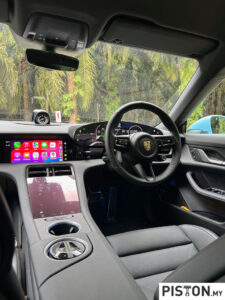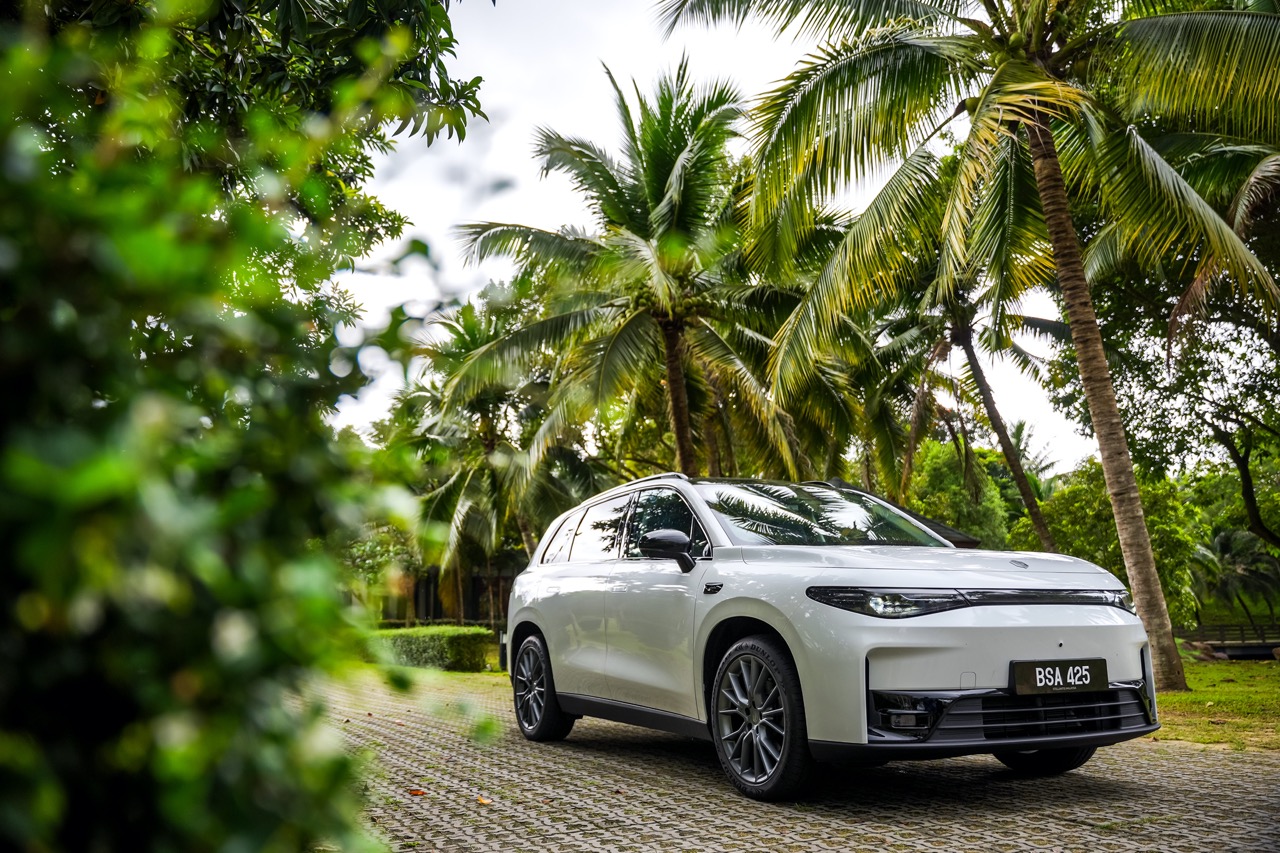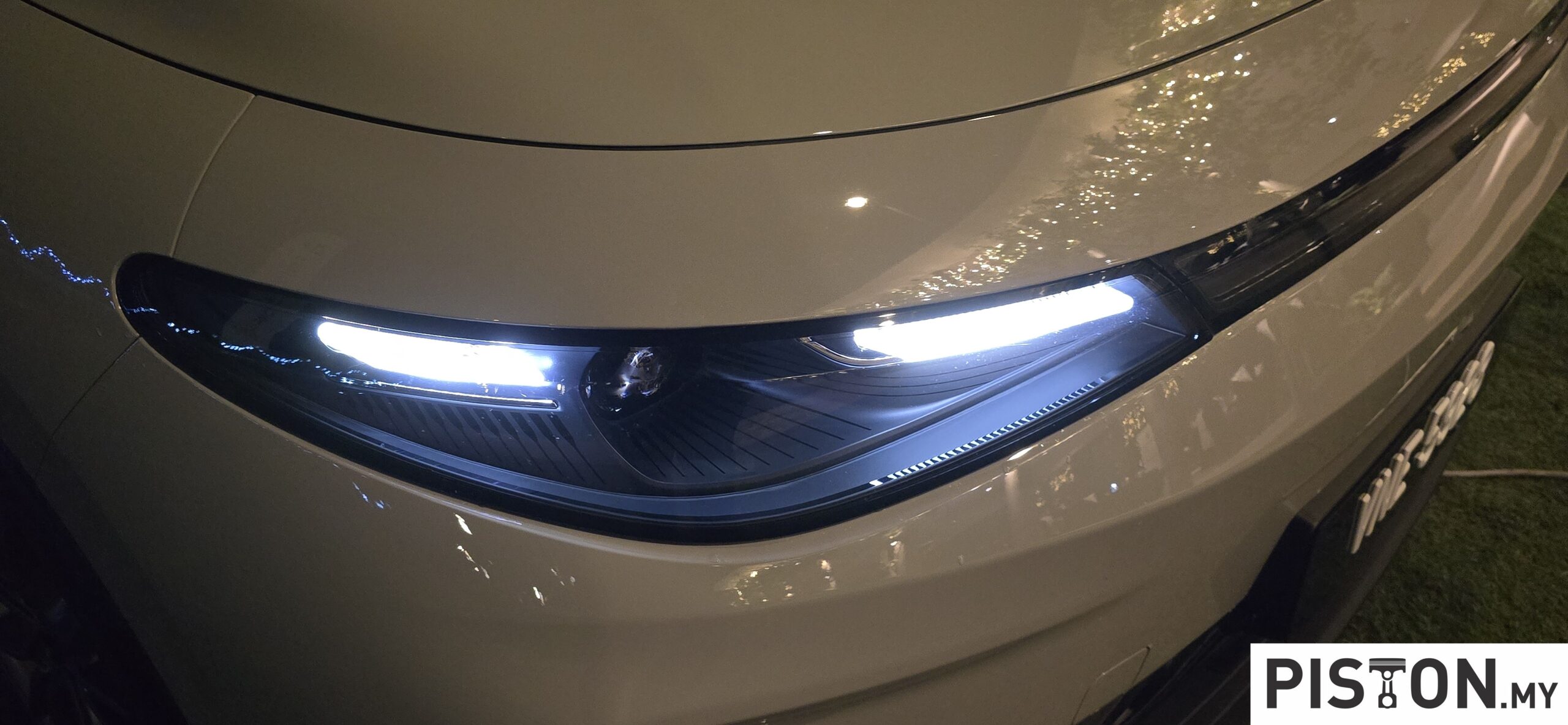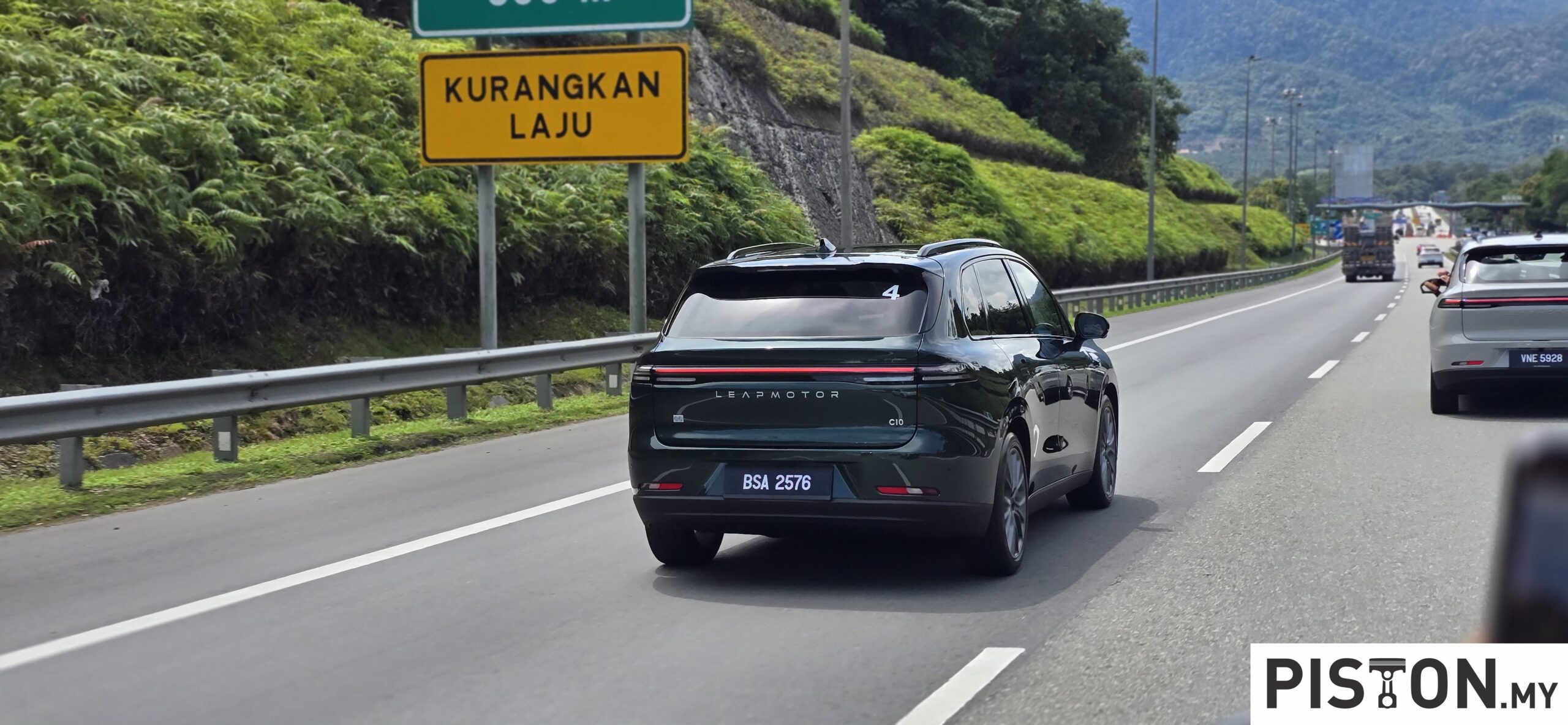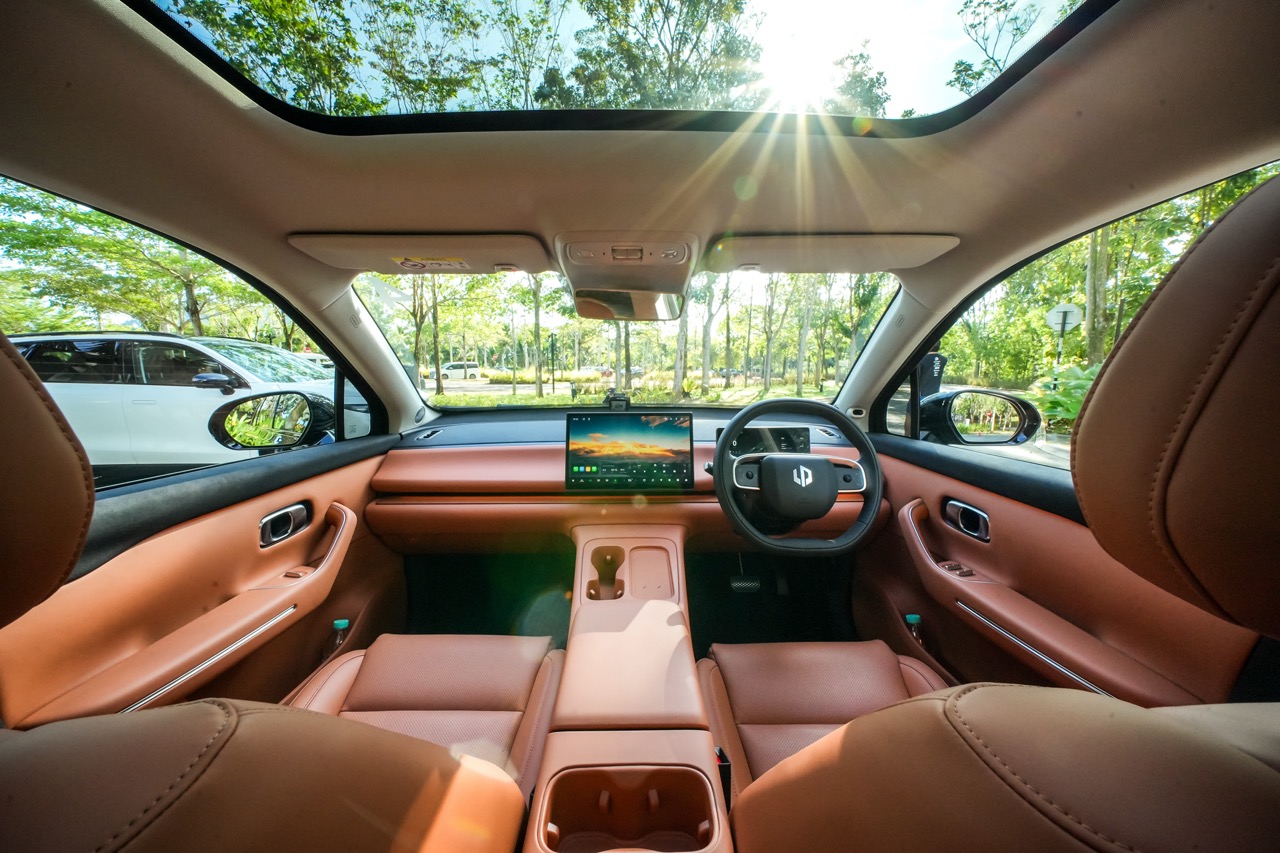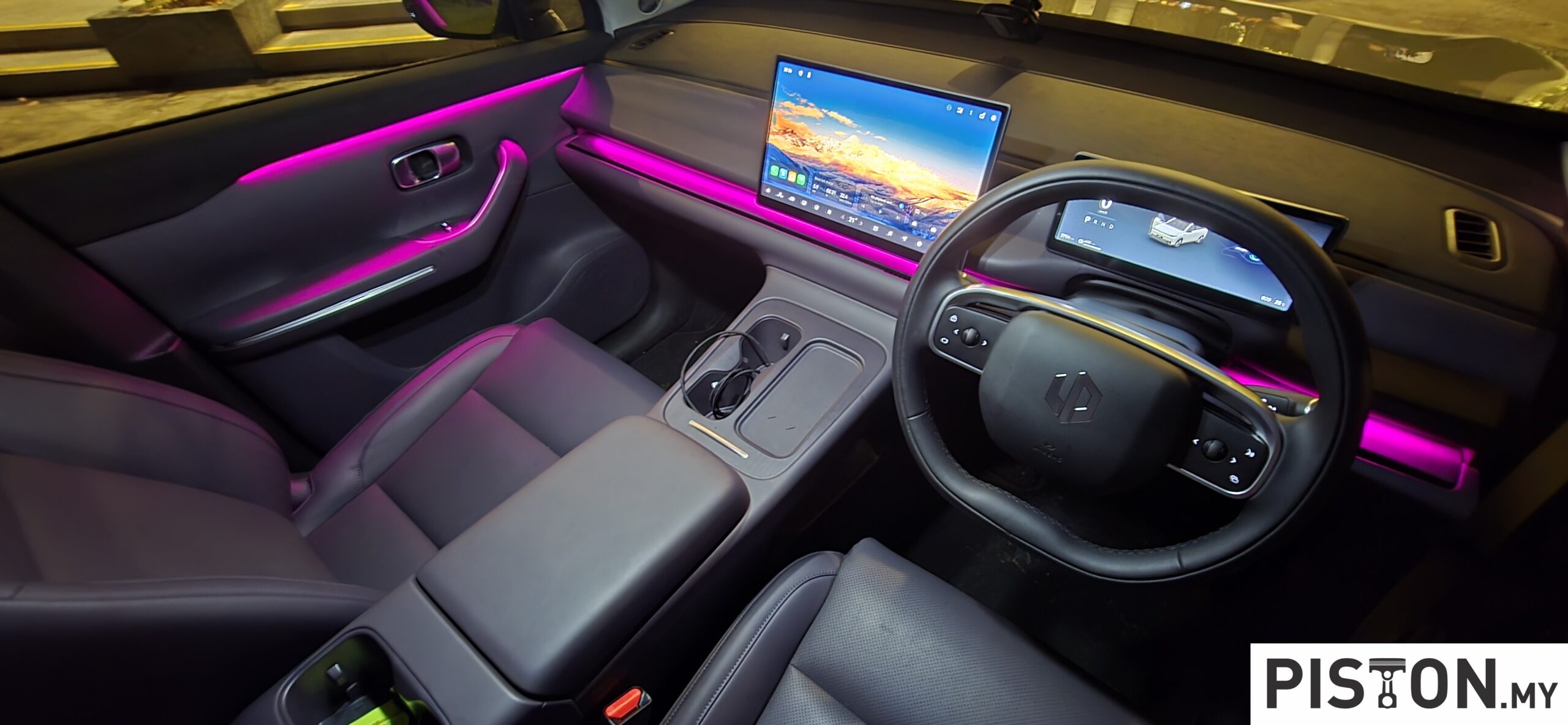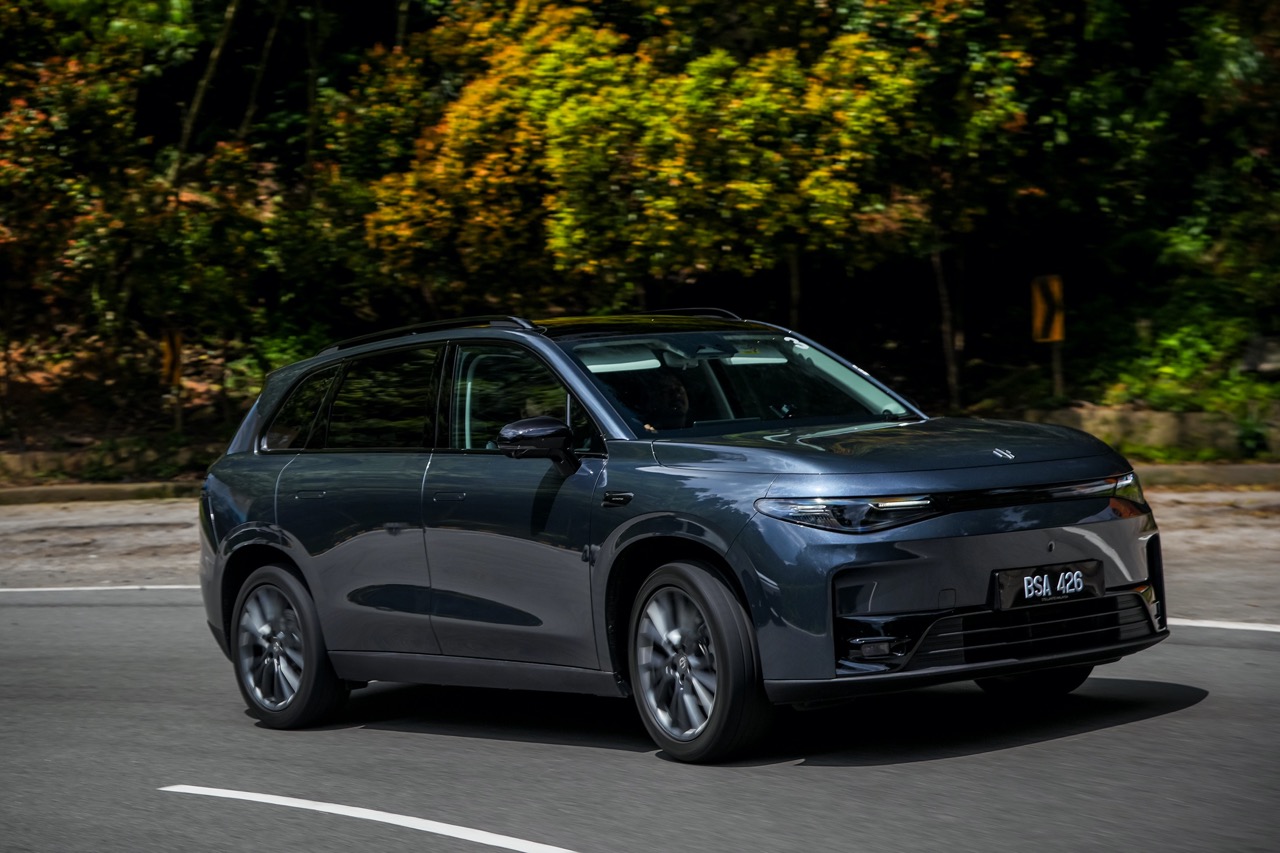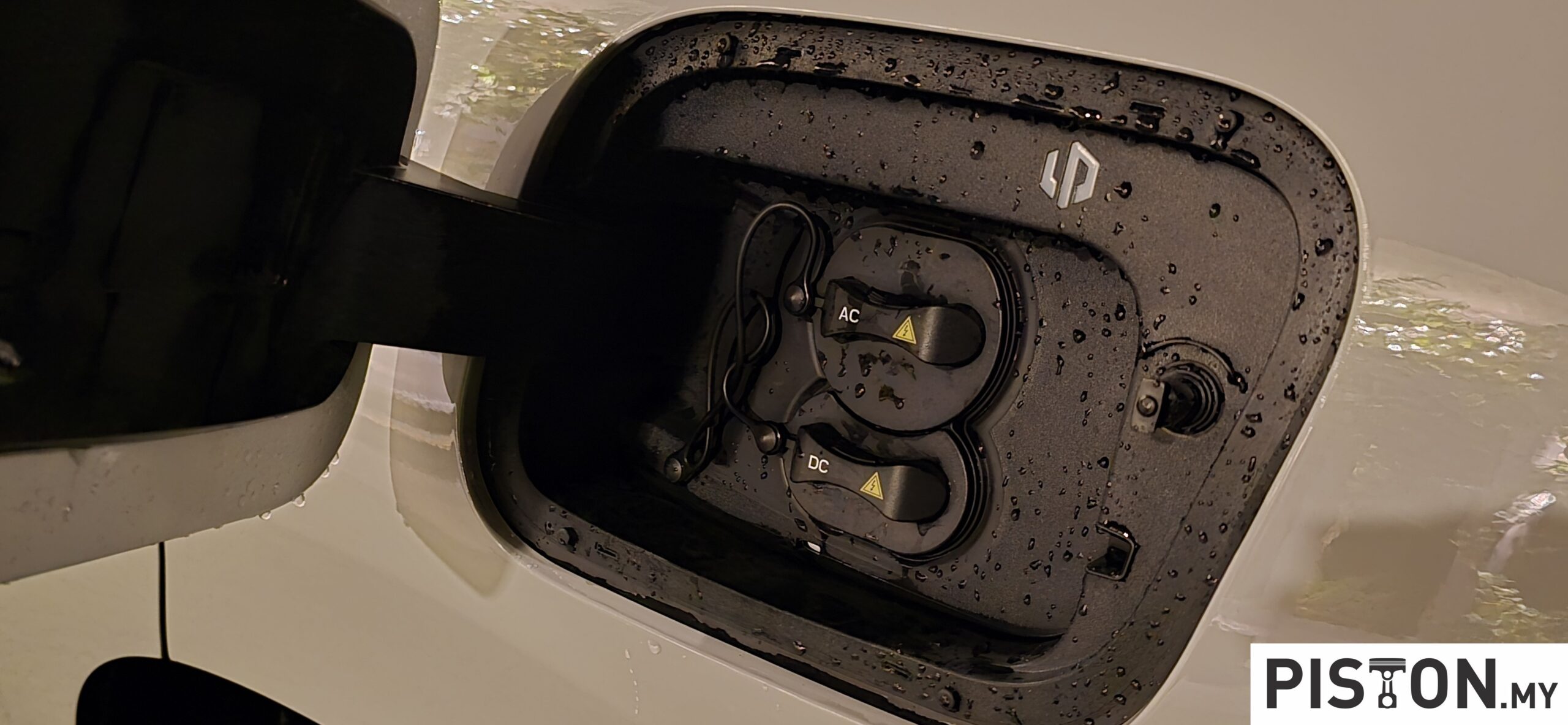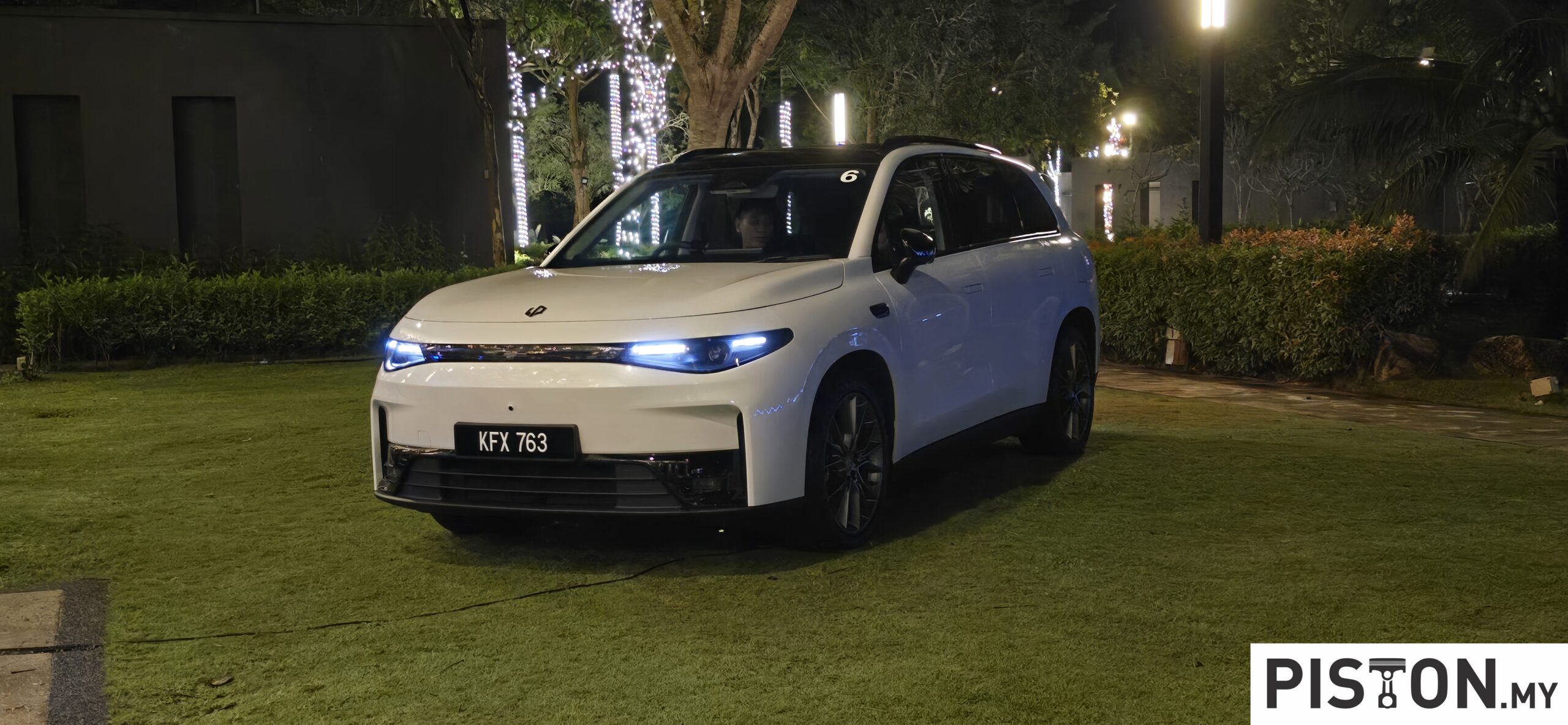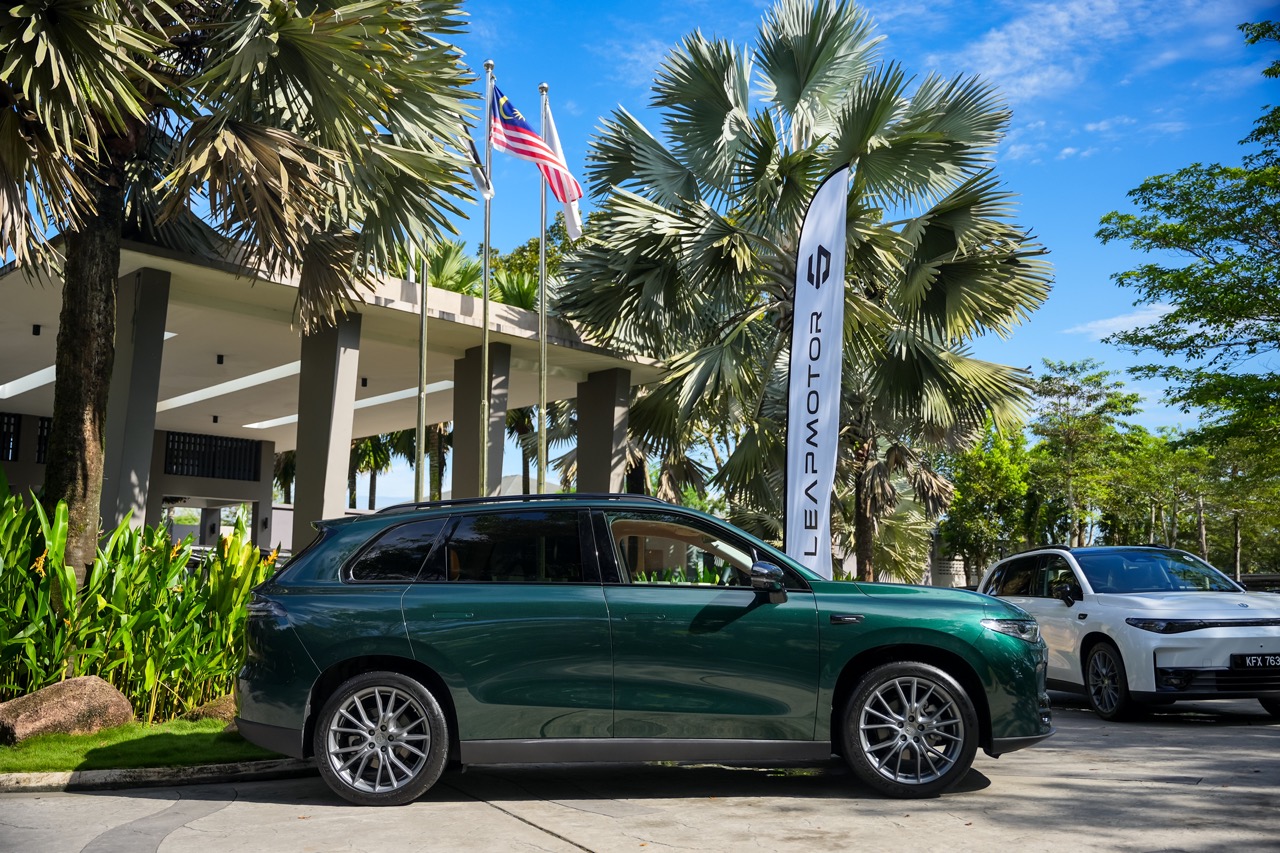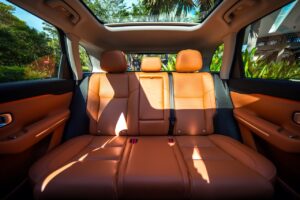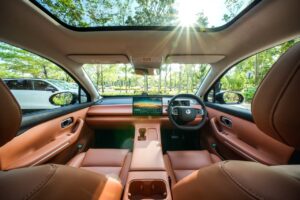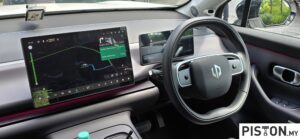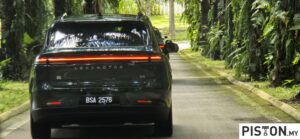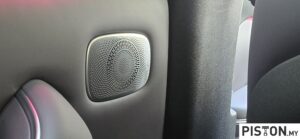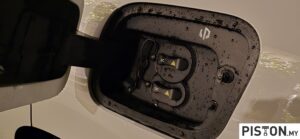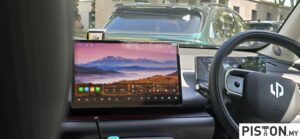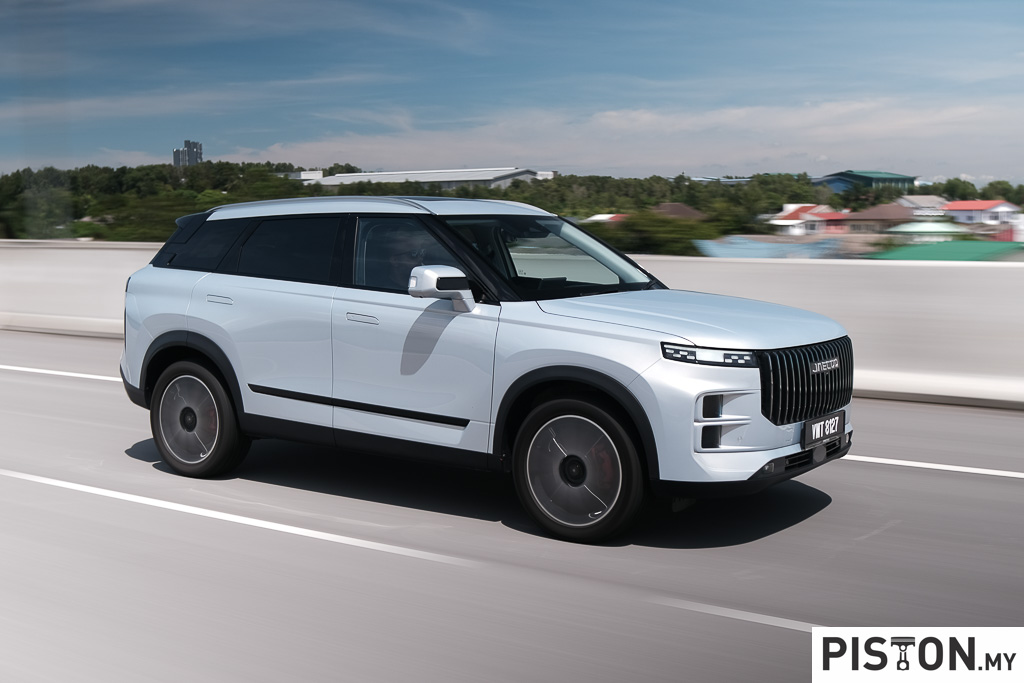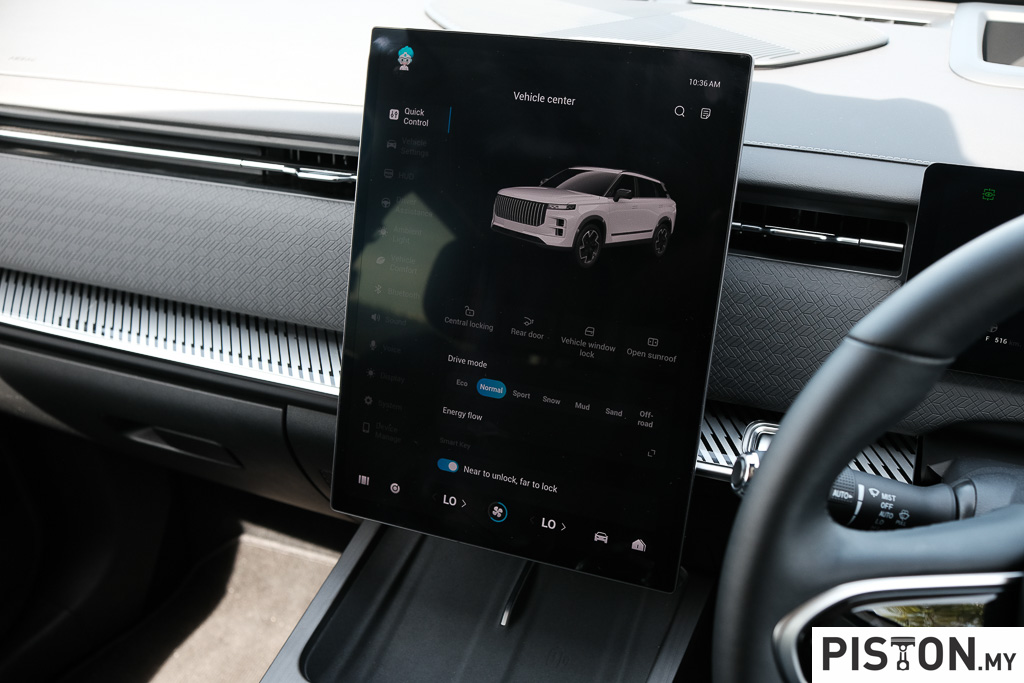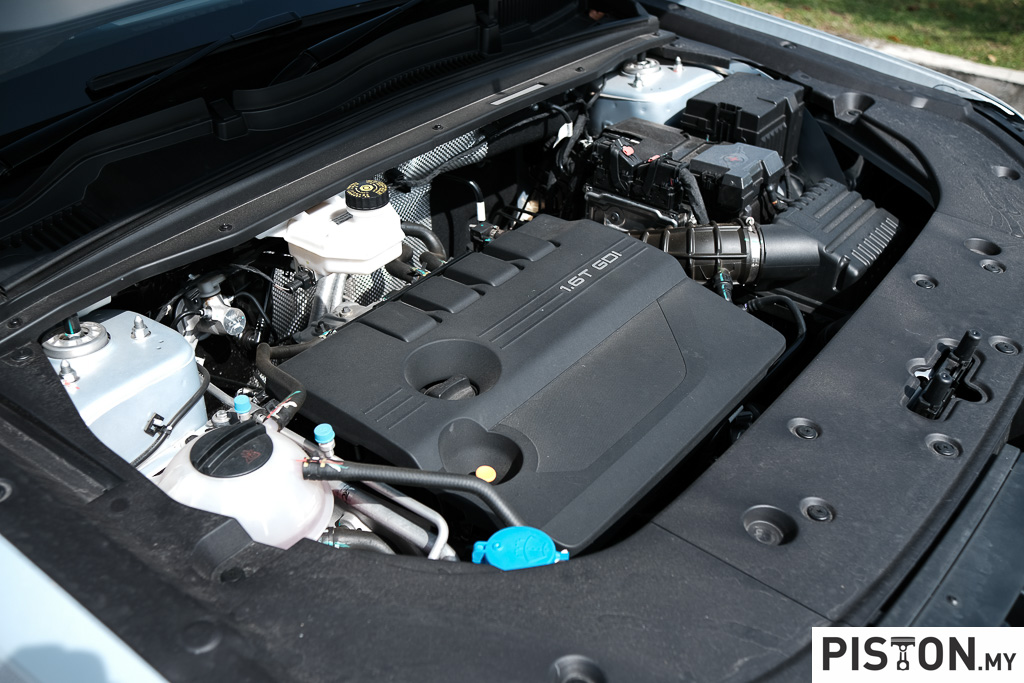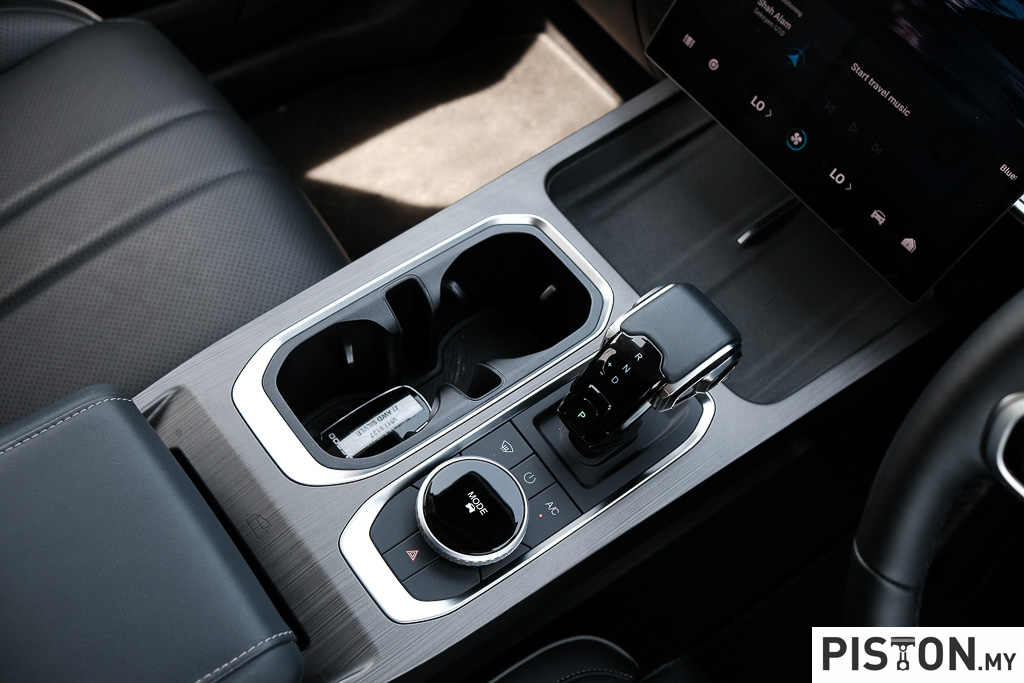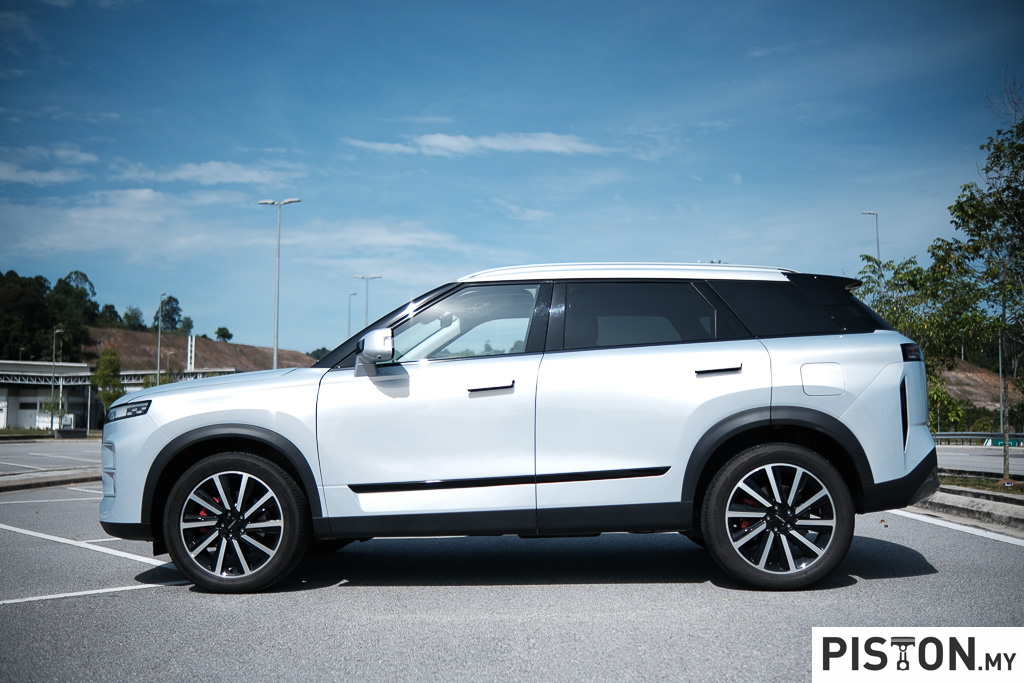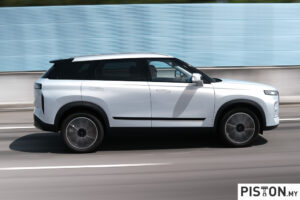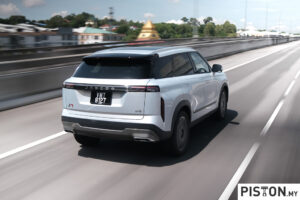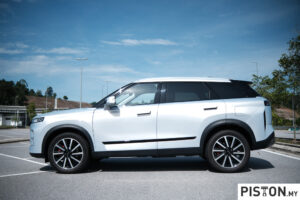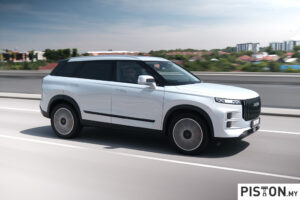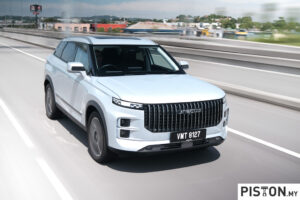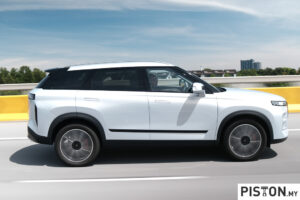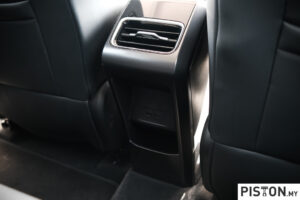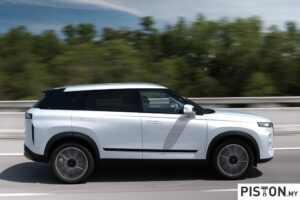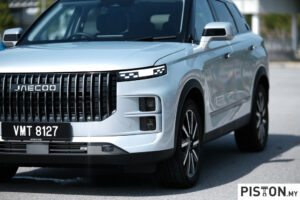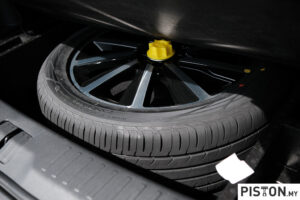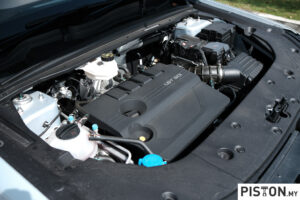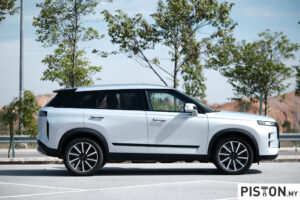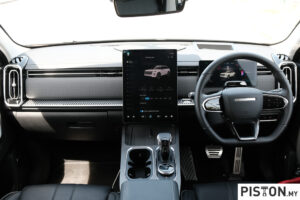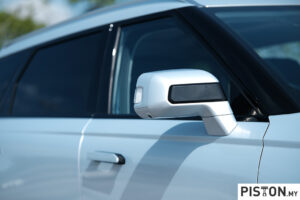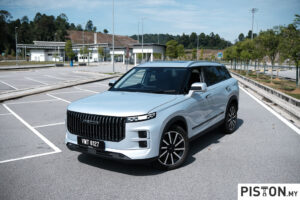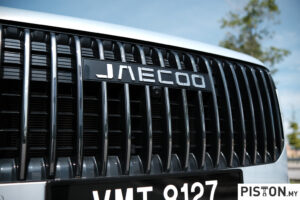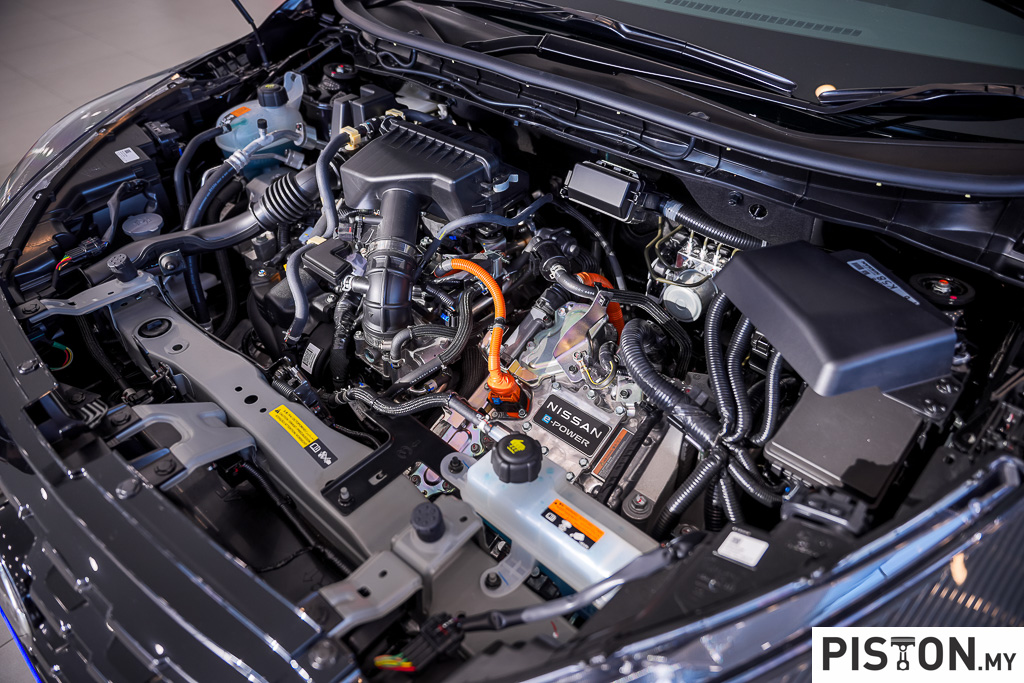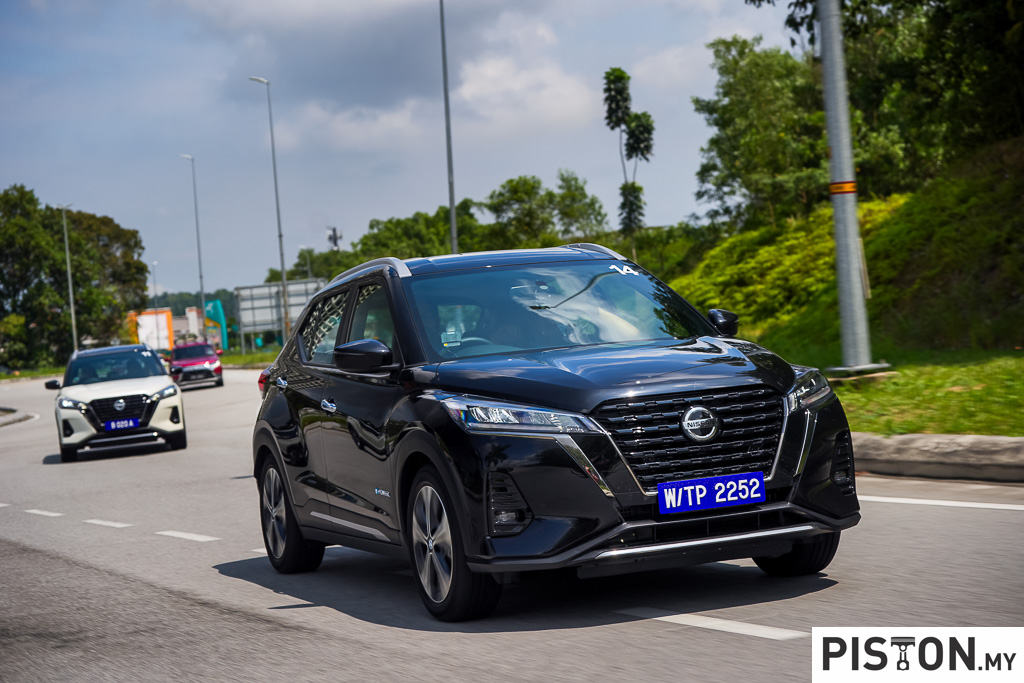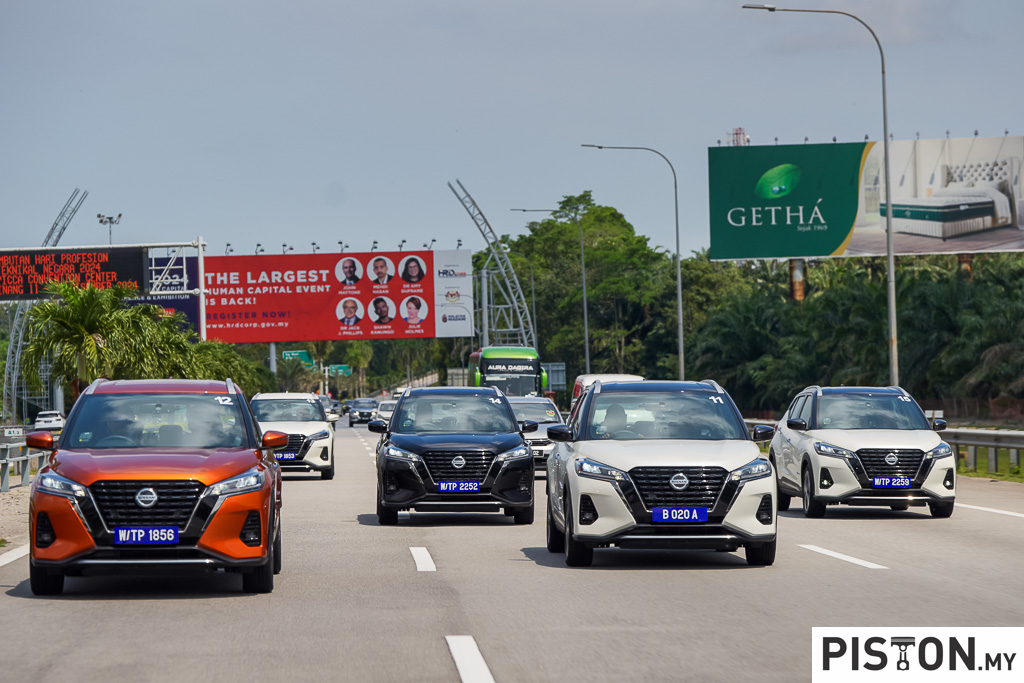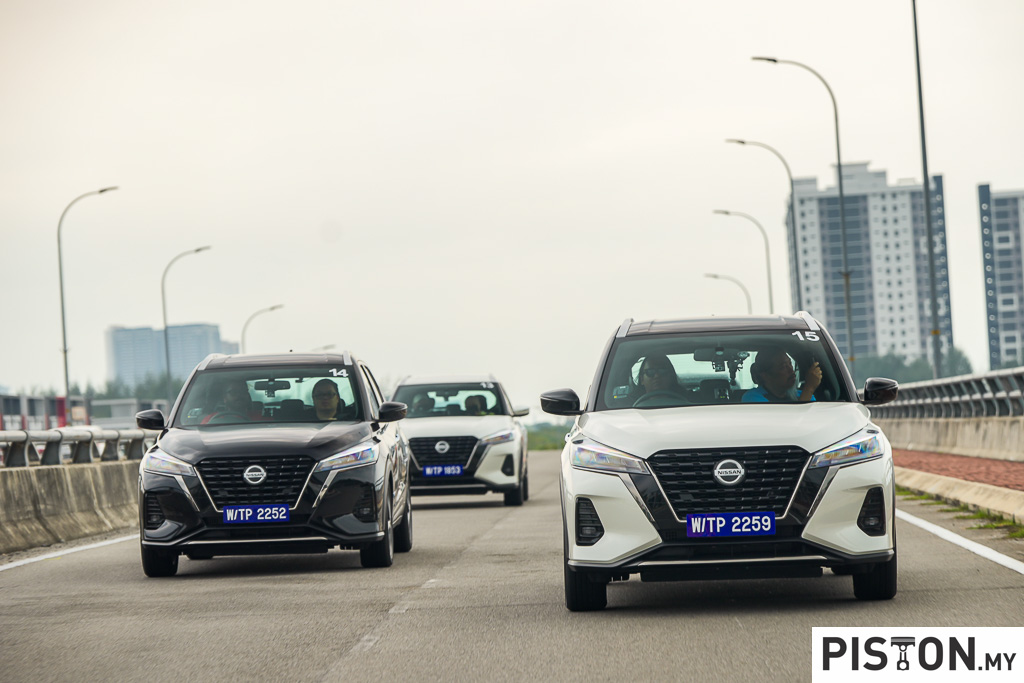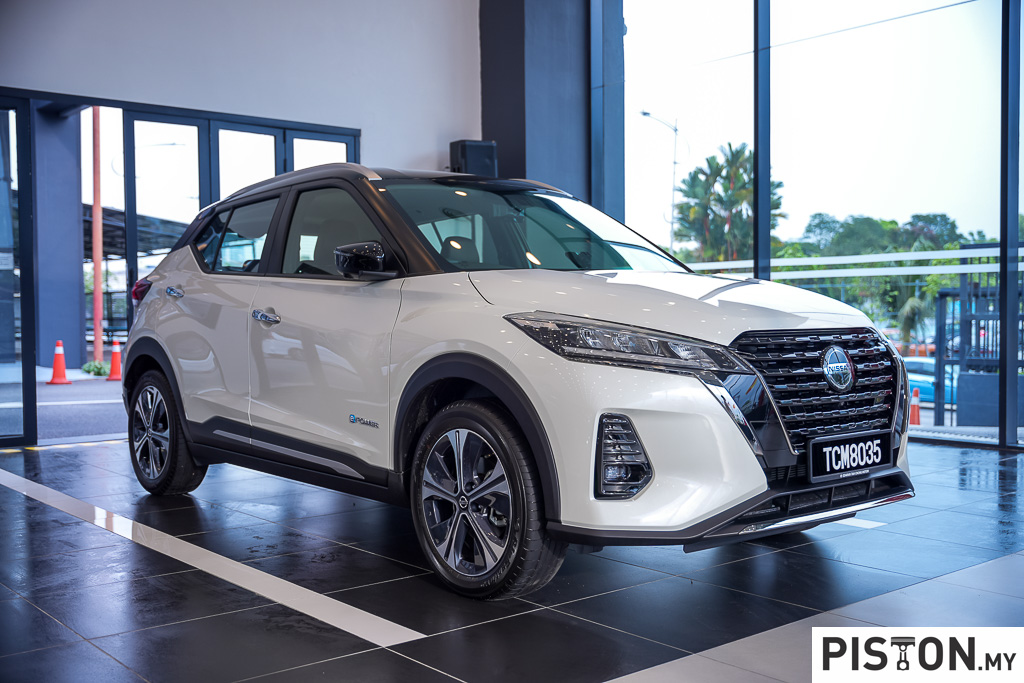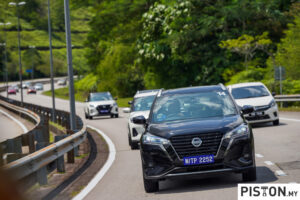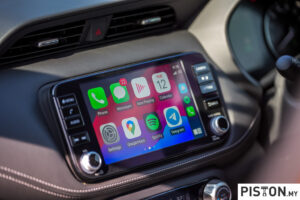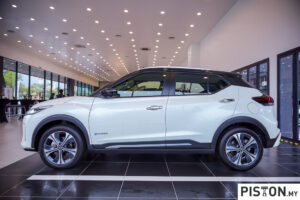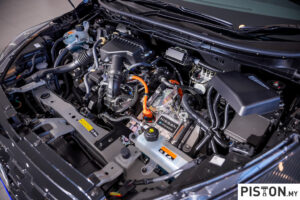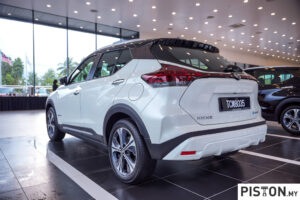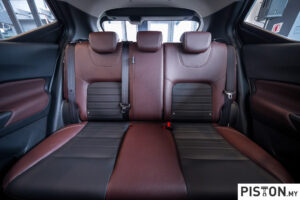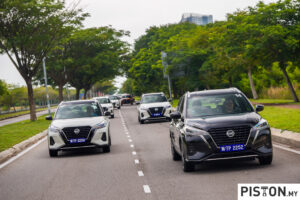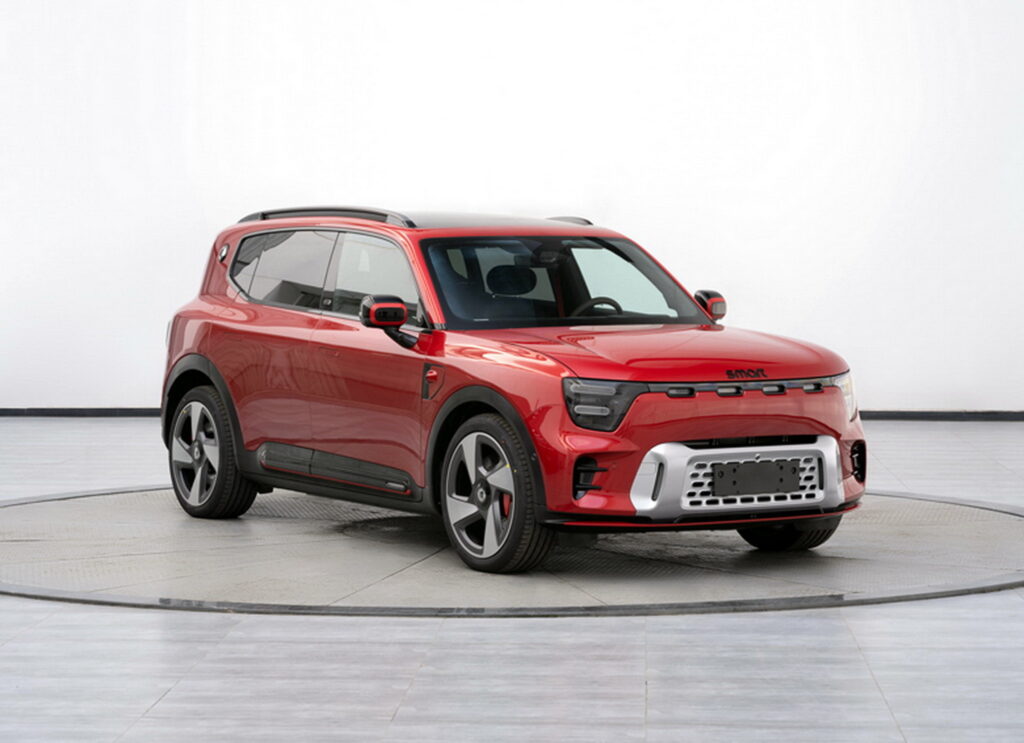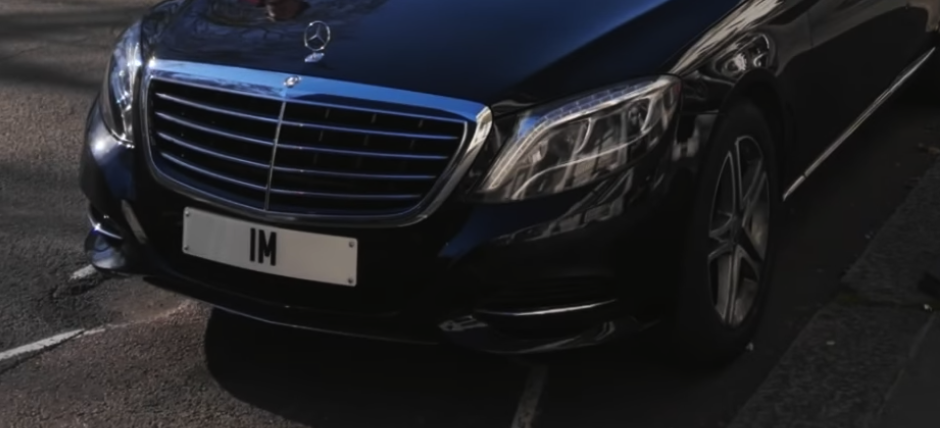The Kia Sportage has come a long way since its debut in 1993. Originally designed as a compact SUV, it has evolved over the years to become a global best-seller, known for its blend of style, performance, and value. The fifth-generation NQ5 model, introduced in 2021, represents a significant leap forward in terms of design, technology, and engineering.
While Malaysia is currently receiving the pre-facelift version, the Sportage’s core strengths remain intact. Its global success is a testament to Kia’s commitment to innovation and customer satisfaction, and the NQ5 continues this legacy with its modern features and competitive pricing.
After spending some quality time behind the wheel, we can confidently say that this SUV is a serious contender in the crowded C-segment market. With four locally assembled (CKD) variants priced between RM147,218.60 and RM186,899, the Sportage offers a compelling mix of style, performance, and technology. But how does it fare in real-world driving?
Bold and Eye-Catching
From the moment we laid eyes on the Sportage, its bold and modern design stood out. The pre-facelift version we’re getting in Malaysia may not be the latest iteration, but it still looks fresh and contemporary. The tiger-nose grille, flanked by sleek LED headlamps and DRLs, gives the front end a futuristic and aggressive stance. The base 2.0G 2WD variant comes with 17-inch alloy wheels, which are decent, but the 18-inch alloys on the higher trims add a more premium and sporty touch.
The side profile is equally impressive, with sharp character lines and a slightly raked roofline that gives the Sportage a dynamic appearance. The rear design is clean and modern, with full-LED taillights on the turbocharged variants that look particularly striking at night. Some test units were finished in Astra Blue, a vibrant shade that turned heads wherever we went. Overall, the Sportage’s exterior design strikes a great balance between sophistication and sportiness.
A Tech-Savvy and Comfortable Cabin
Sliding into the driver’s seat, we were immediately impressed by the Sportage’s well-thought-out interior. The base 2.0G 2WD variant comes with an 8-inch touchscreen infotainment system and a 4.2-inch TFT-LCD instrument cluster, which are functional but feel a bit basic compared to the higher trims. However, stepping up to the 1.6T High variants transforms the cabin into a tech-lovers paradise.
The 12.3-inch digital instrument cluster and 12.3-inch infotainment touchscreen in the turbocharged models are the stars of the show. The crisp displays and intuitive interface make it easy to access navigation, media, and vehicle settings.
Material quality is solid across the board, with soft-touch surfaces and leatherette upholstery in the higher trims. The Harman Kardon sound system in the 1.6T AWD High variant is a standout feature, delivering rich and immersive audio quality that made my commute much more enjoyable. The cabin feels spacious and airy, with plenty of headroom and legroom for both front and rear passengers. The 60:40 split-folding rear seats add to the practicality, making it easy to carry larger items when needed.
Smooth and Capable
The Sportage offers two engine options, and we had the chance to test both during our time with the SUV. The 2.0G variants are powered by a naturally aspirated 2.0-litre engine that delivers 154hp and 192Nm of torque. While it is not the most powerful engine in its class, it is perfectly adequate for city driving and highway cruising. The six-speed automatic transmission is smooth and predictable, though it can feel a bit sluggish when you need quick acceleration.
The 1.6T variants, on the other hand, are where the Sportage truly shines. The turbocharged 1.6-litre engine produces 177hp and 265Nm of torque, giving the SUV a much more spirited and engaging driving experience. The seven-speed dual-clutch transmission (DCT) is quick to respond, and the availability of all-wheel drive in the top-tier model adds an extra layer of confidence, especially in wet or slippery conditions.
During the test drive, we took the 1.6T AWD High variant on a mix of city roads, highways, and winding country lanes. The turbocharged engine felt punchy and responsive, making overtaking and merging onto highways a breeze. The AWD system provided excellent traction, even on loose gravel roads, and the differential lock came in handy during a brief off-road excursion. The Sportage may not be a hardcore off-roader, but it is more than capable of handling light trails and rough terrain.
Comfortable and Refined
One of the first things we noticed about the Sportage is how comfortable and refined it feels on the road. The suspension is tuned to absorb bumps and imperfections, making it an excellent choice for daily commuting and long-distance trips. The steering is light and precise, offering good feedback without being overly heavy, which makes it easy to manoeuvre in tight spaces.
The turbocharged variants offer a more engaging driving experience. The 1.6T engine’s ample torque ensures strong acceleration, and the DCT transmission delivers quick and smooth shifts. The inclusion of drive modes (Eco, Normal, and Sport) allows you to tailor the driving dynamics to your preferences. In Sport mode, the throttle response becomes sharper, and the steering feels more weighted, adding a touch of sportiness to the driving experience.
Practical and Family-Friendly
The Sportage is a highly versatile SUV, making it a great choice for families and individuals alike. The cabin offers plenty of space for five occupants, with generous legroom and headroom in both the front and rear seats. The 60:40 split-folding rear bench seat adds to the practicality, allowing you to expand the cargo space when needed.
The powered tailgate, which is available in higher trims, made loading and unloading a breeze, while the roof rails in the AWD variant provide additional utility for carrying extra gear. The inclusion of rear air vents and dual-zone climate control ensures that all passengers stay comfortable, even on longer journeys.
Packed with Features
Safety is a key focus for the Sportage, with all variants coming equipped with six airbags, ABS, ESC, hill start assist, and a tyre pressure monitoring system. The higher trims add a comprehensive suite of advanced driver assistance systems (ADAS), including forward collision-avoidance assist, blind-spot collision warning, lane-keeping assist, and adaptive cruise control with stop-and-go functionality.
During our drive, we found the ADAS features to be incredibly useful, especially on busy highways. The adaptive cruise control made long-distance driving less fatiguing, while the blind-spot collision warning and rear cross-traffic collision-avoidance assist provided added peace of mind when changing lanes or reversing out of parking spaces.
The 12.3-inch digital instrument cluster and infotainment system in the turbocharged variants provide a high-tech driving experience, while the blind-spot view monitor enhances safety by displaying a live feed of your blind spots in the instrument cluster.
A Strong Contender with a Few Quirks
After spending time with the Sportage, we came away impressed by its overall package. It’s a well-rounded SUV that offers a compelling mix of style, performance, and technology. The turbocharged variants stand out for their spirited performance and premium features. However, there are a few quirks worth noting.
The base 2.0G variants feel a bit underpowered compared to the competition, and the lack of advanced safety features in the entry-level model is a letdown. Additionally, while the digital control panel for the climate system looks sleek, it can be distracting to use while driving. These minor drawbacks aside, the Sportage is a strong contender in the C-segment SUV market.
A Smart Choice for Buyers
The fifth-generation Kia Sportage NQ5 is a well-rounded SUV that offers excellent value for money. While it may not be the newest model on the block, it still holds its own against competitors like the Honda CR-V and Mazda CX-5. With its bold design, comfortable interior, and impressive list of features, the Sportage is a smart choice for Malaysian buyers.
If you’re in the market for a C-segment SUV, the Sportage is definitely worth considering. Whether you’re looking for a practical family car or a stylish daily driver, the Sportage delivers on all fronts. So, will you pick the Kia Sportage over its rivals? Based on my experience, the answer might just be a resounding yes.
Specifications:
2.0-litre
Engine: 2.0 litre naturally-aspirated inline-four
Power: 154PS @ 6200rpm
Torque: 192Nm @ 4500rpm
Gearbox: Six-speed automatic transmission
Top speed: 181km/h
Price (as tested): RM157,218
We like: Comfort, space and practicality.
We don’t like: A little bit underpowered
1.6-litre
Engine: 1.6 litre turbocharged inline-four
Power: 177PS @ 5500rpm
Torque: 265Nm from 1500 to 4500rpm
Gearbox: Seven-speed dual-clutch transmission
Top speed: 201km/h
Price (as tested): RM186,899
We like: Comfort, space, practicality and power
We don’t like: The digital control panel for the climate system







